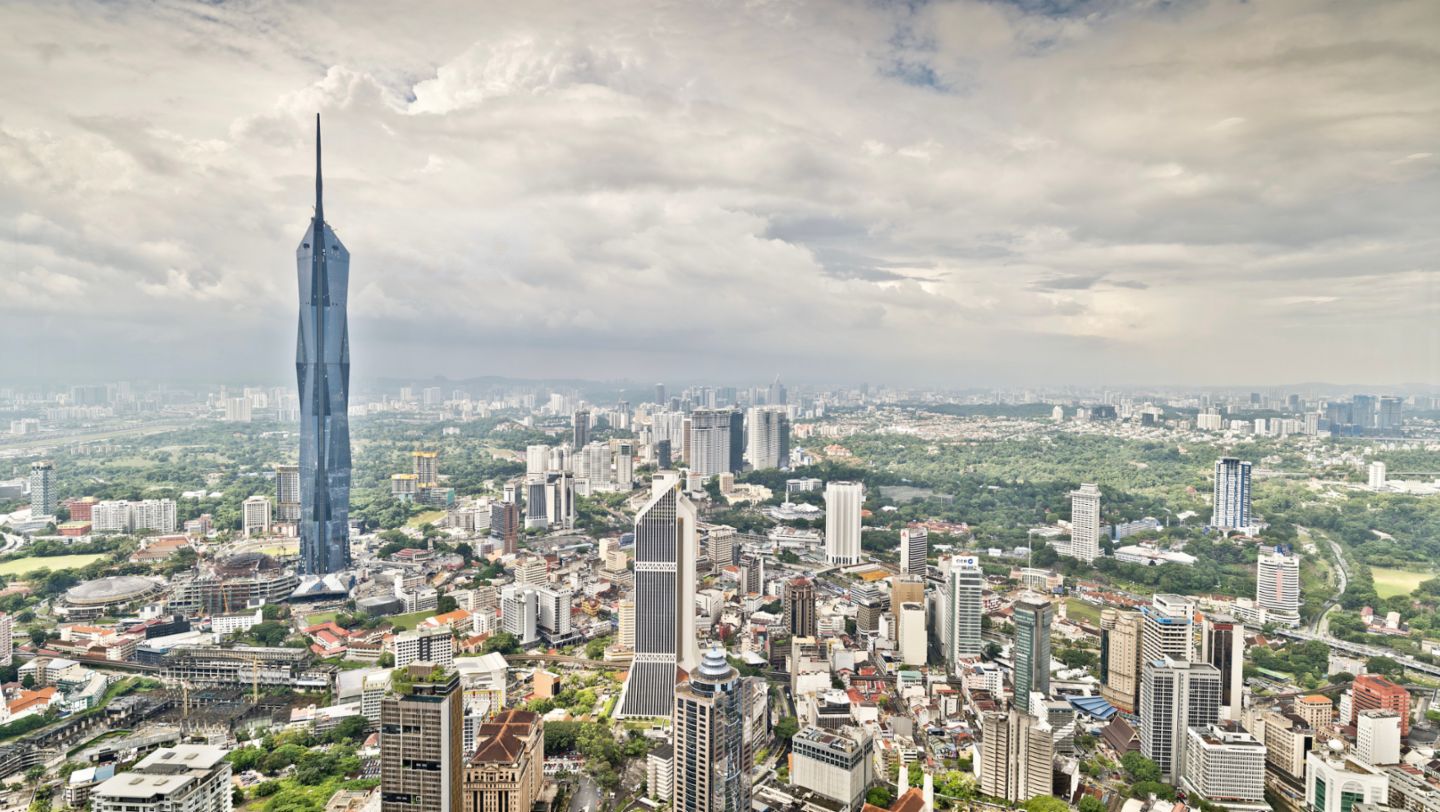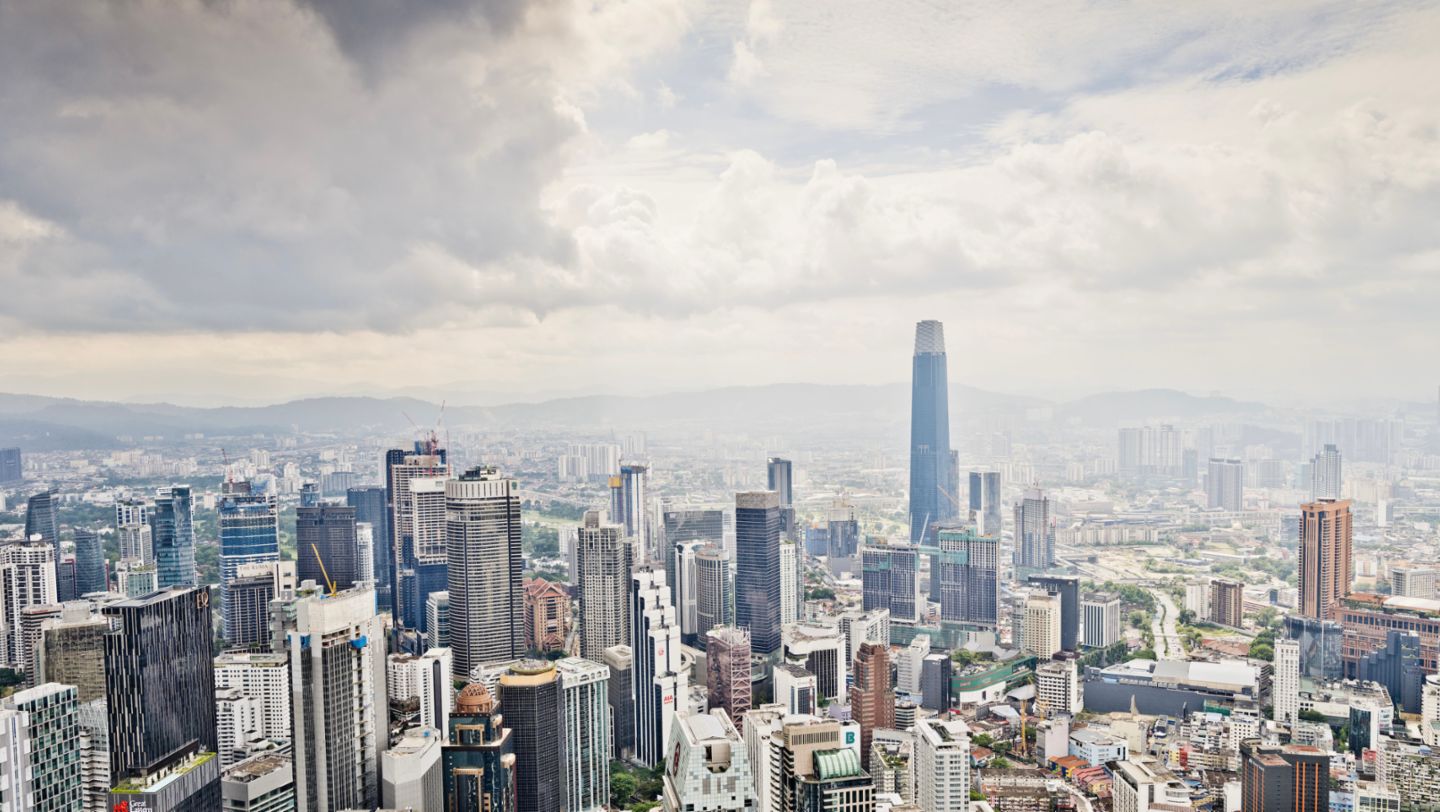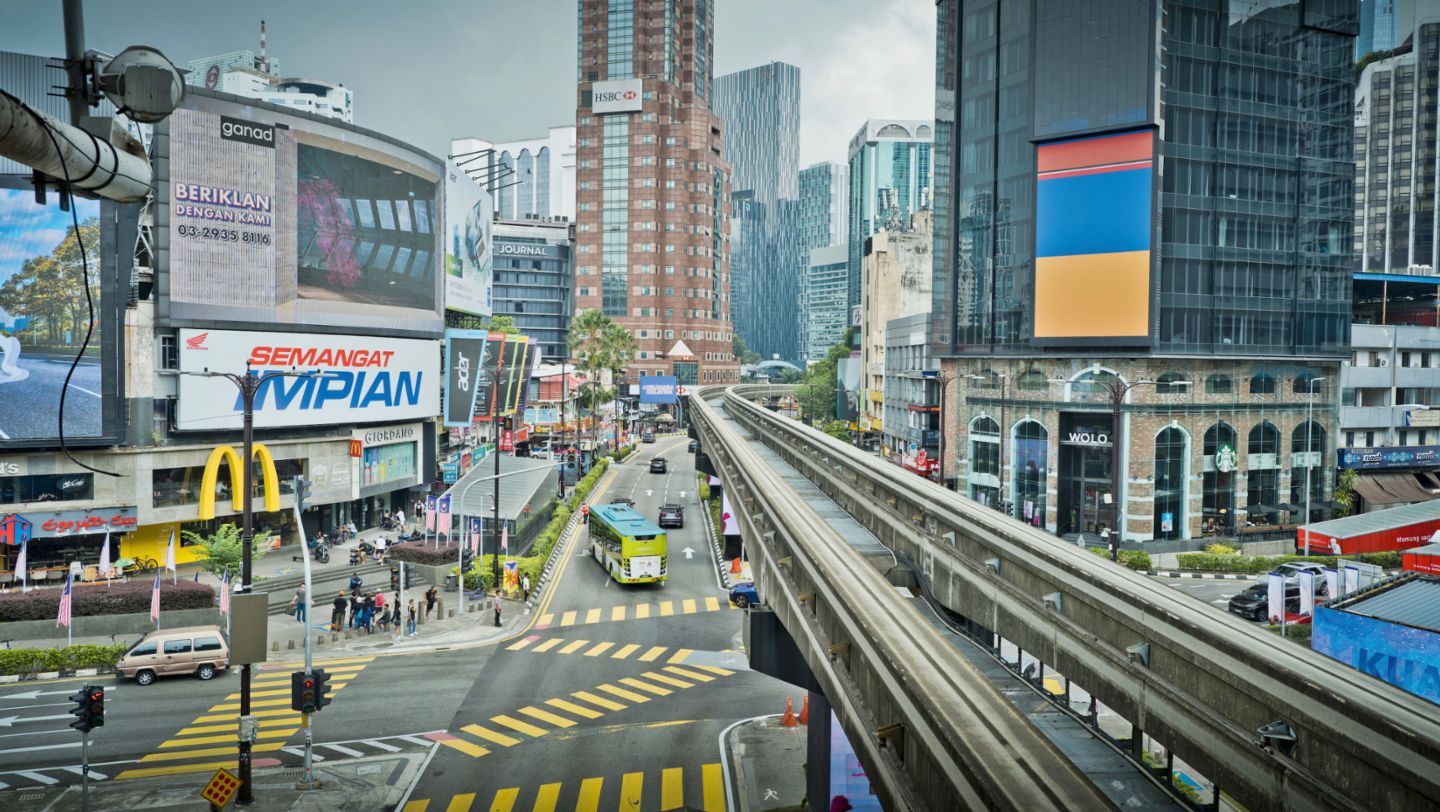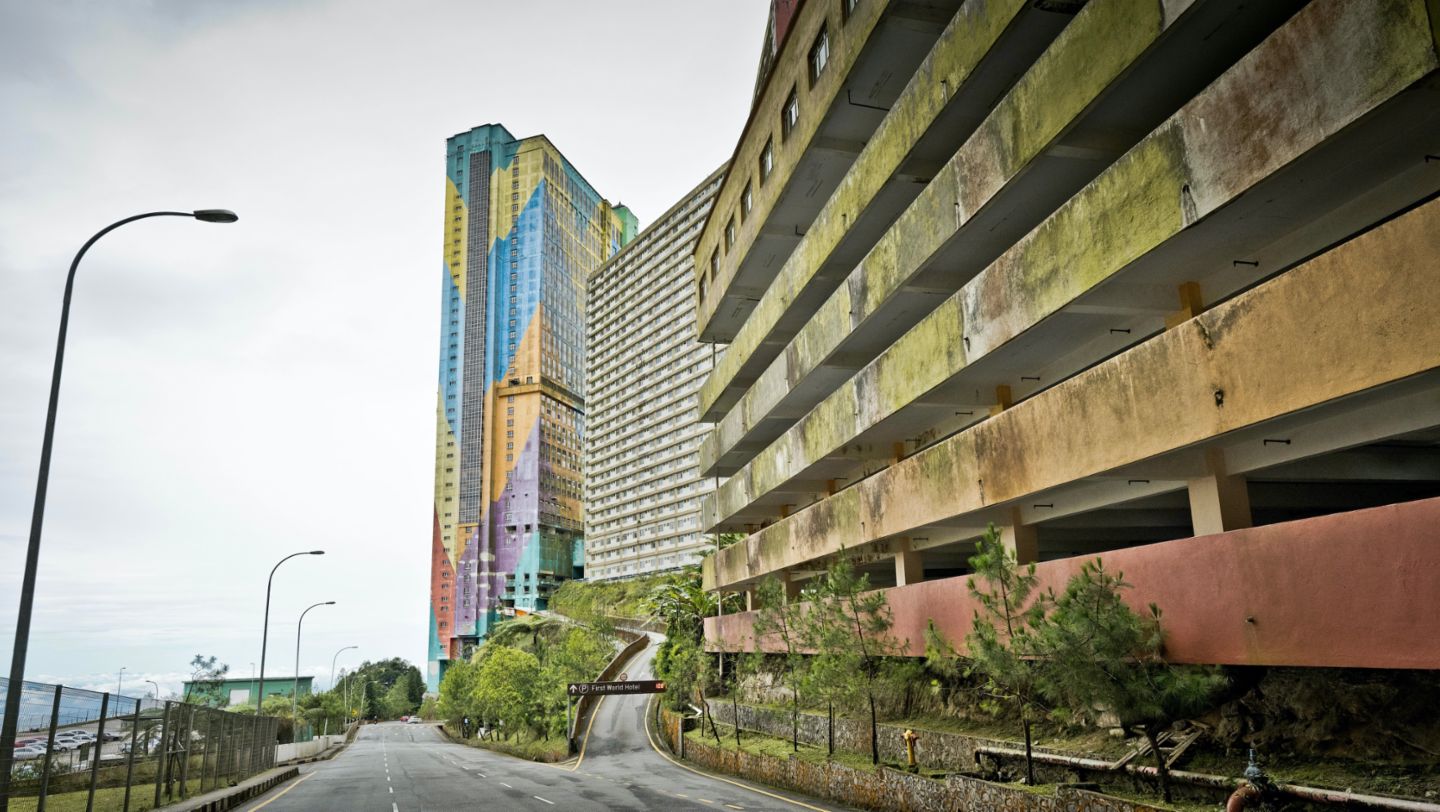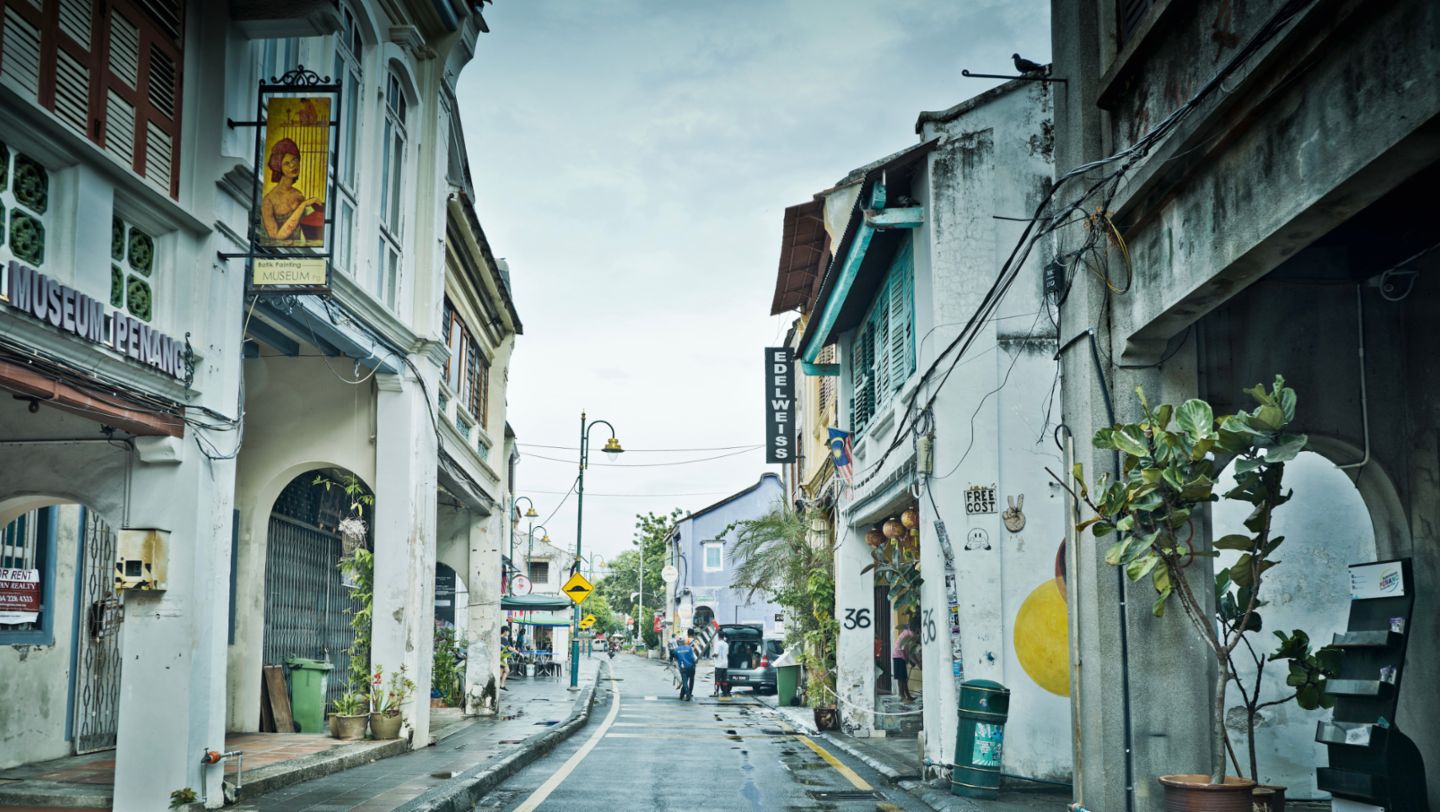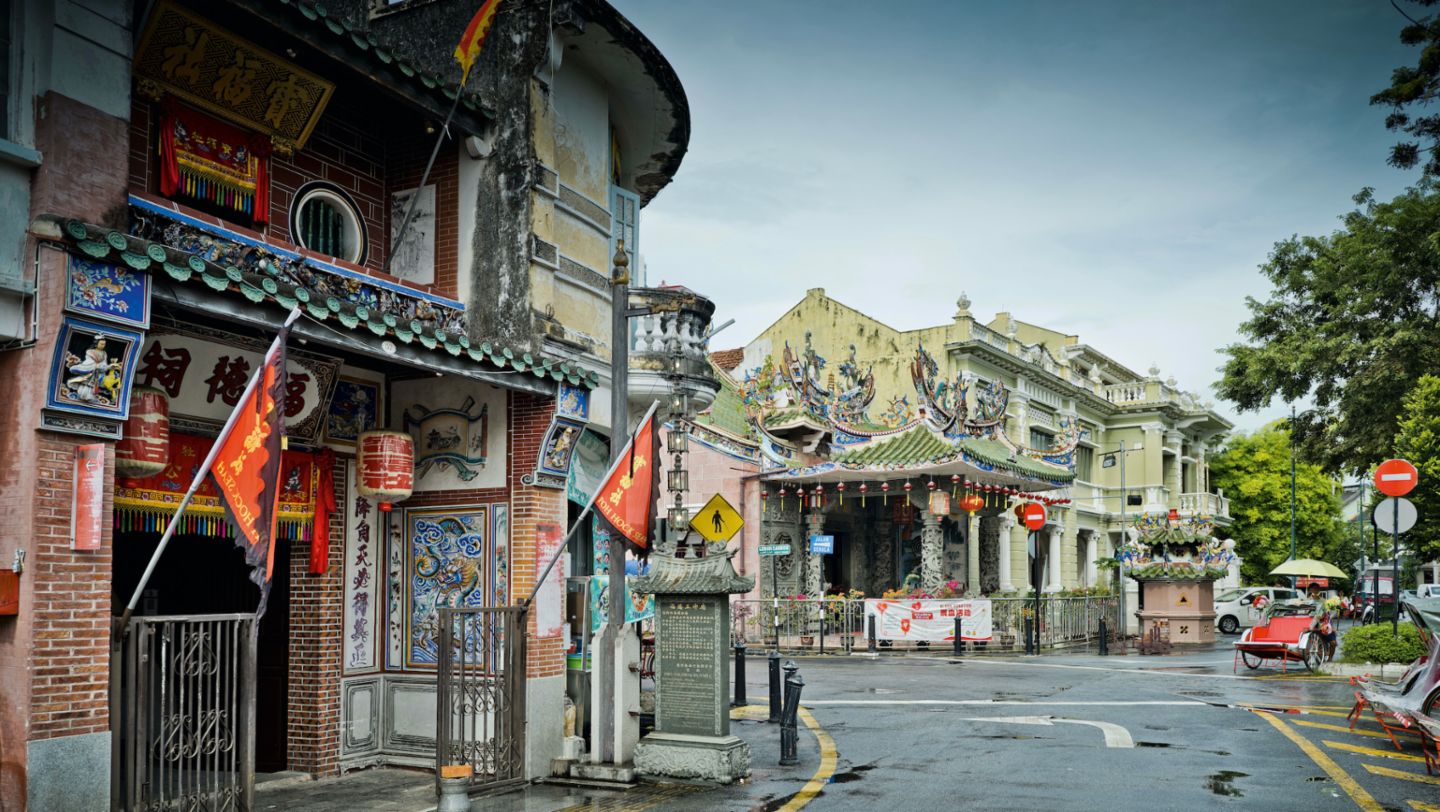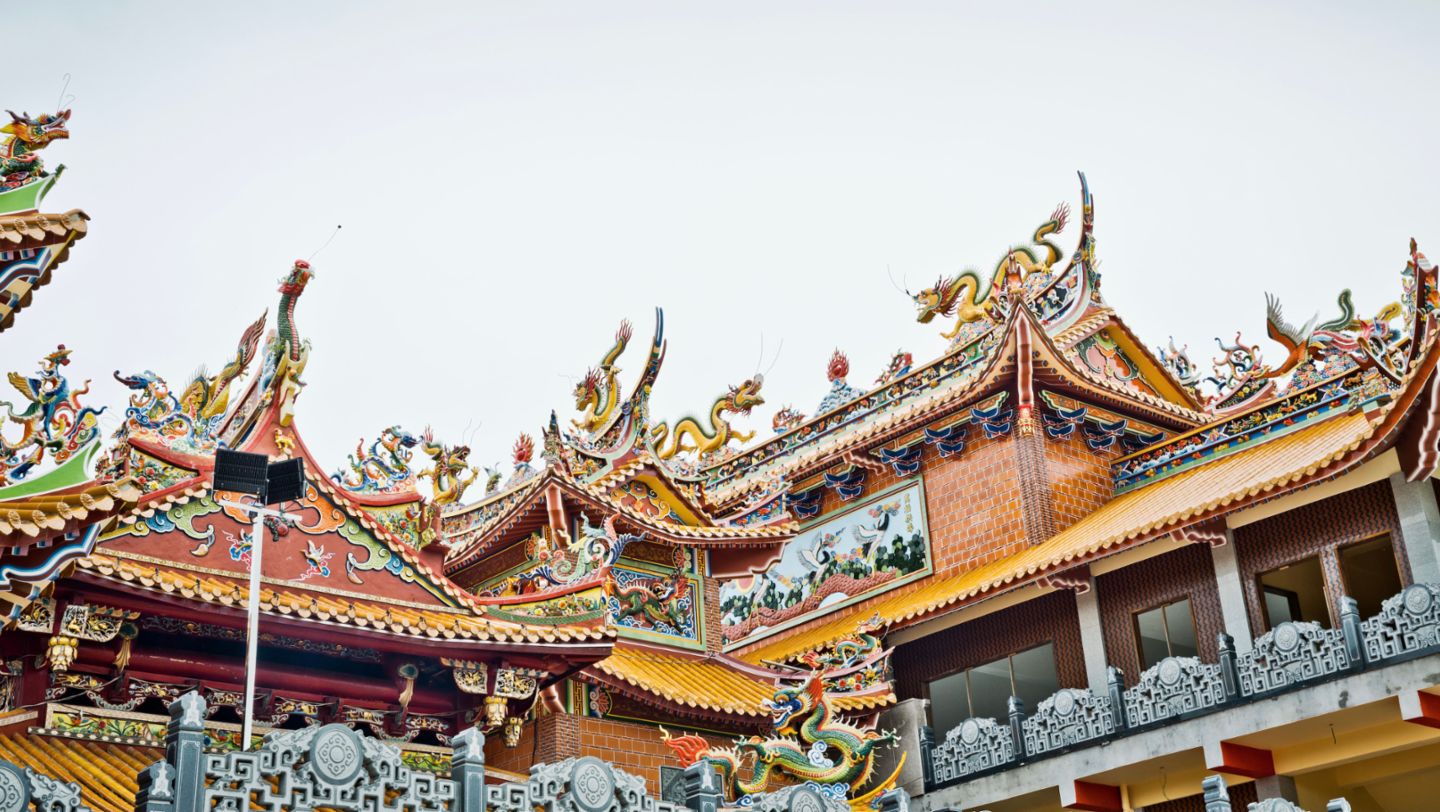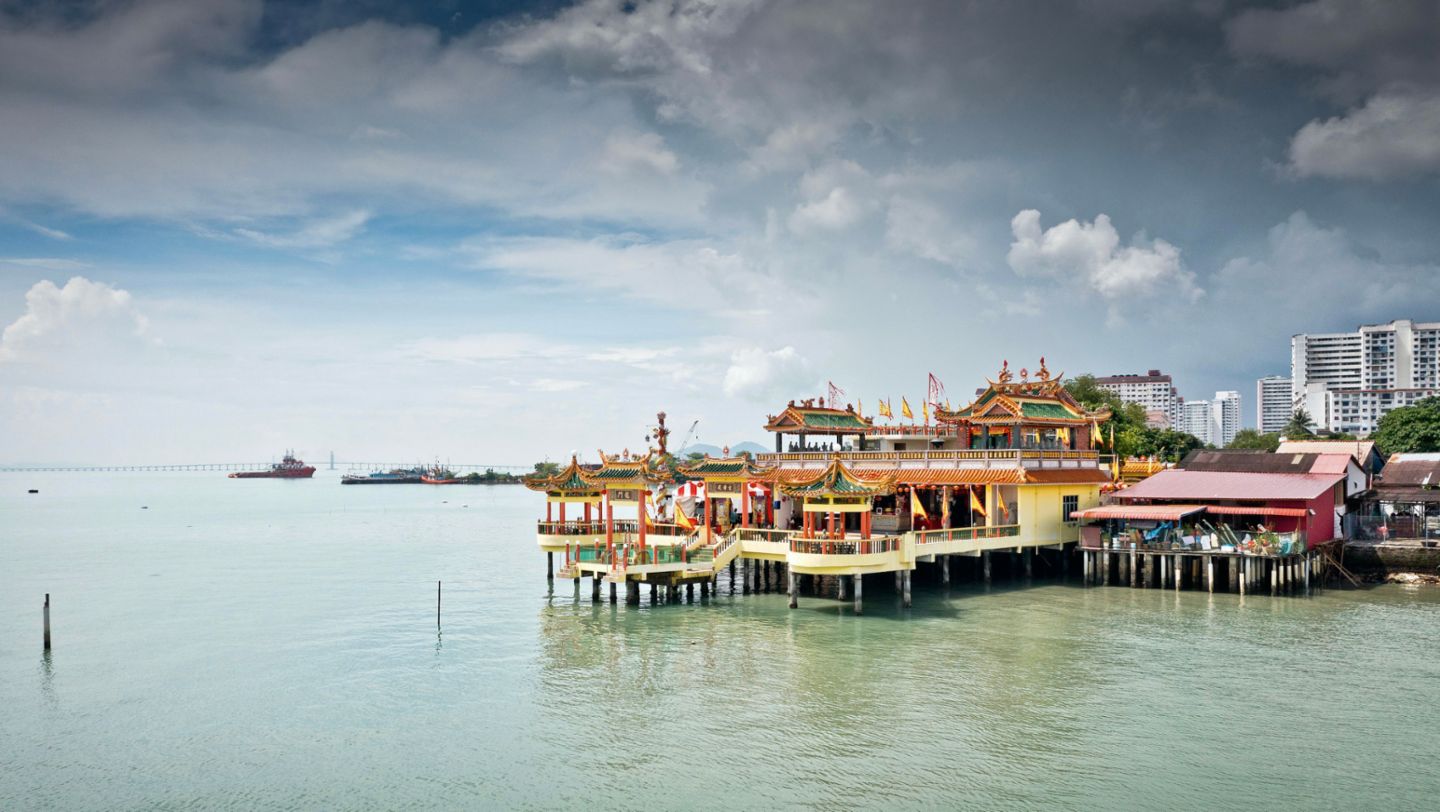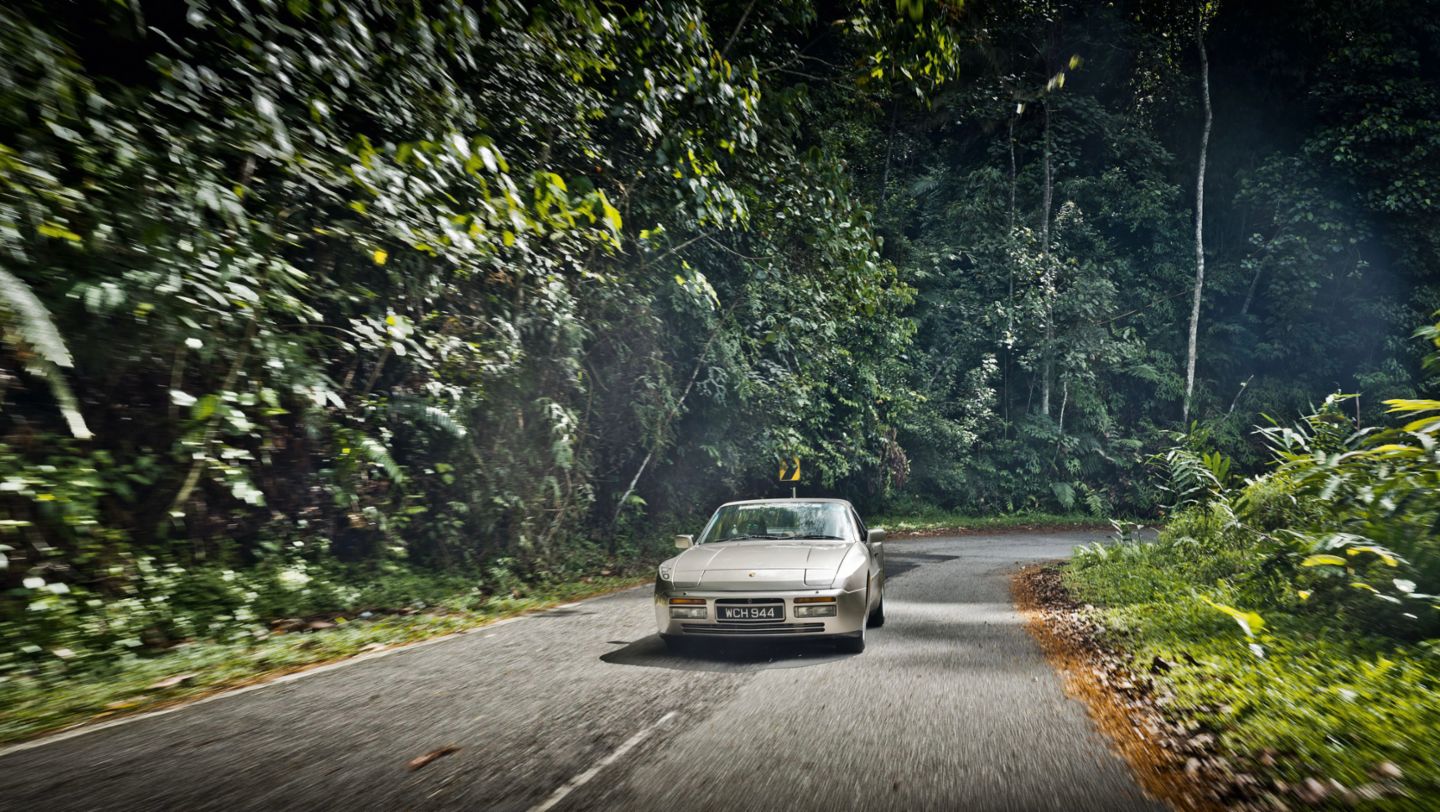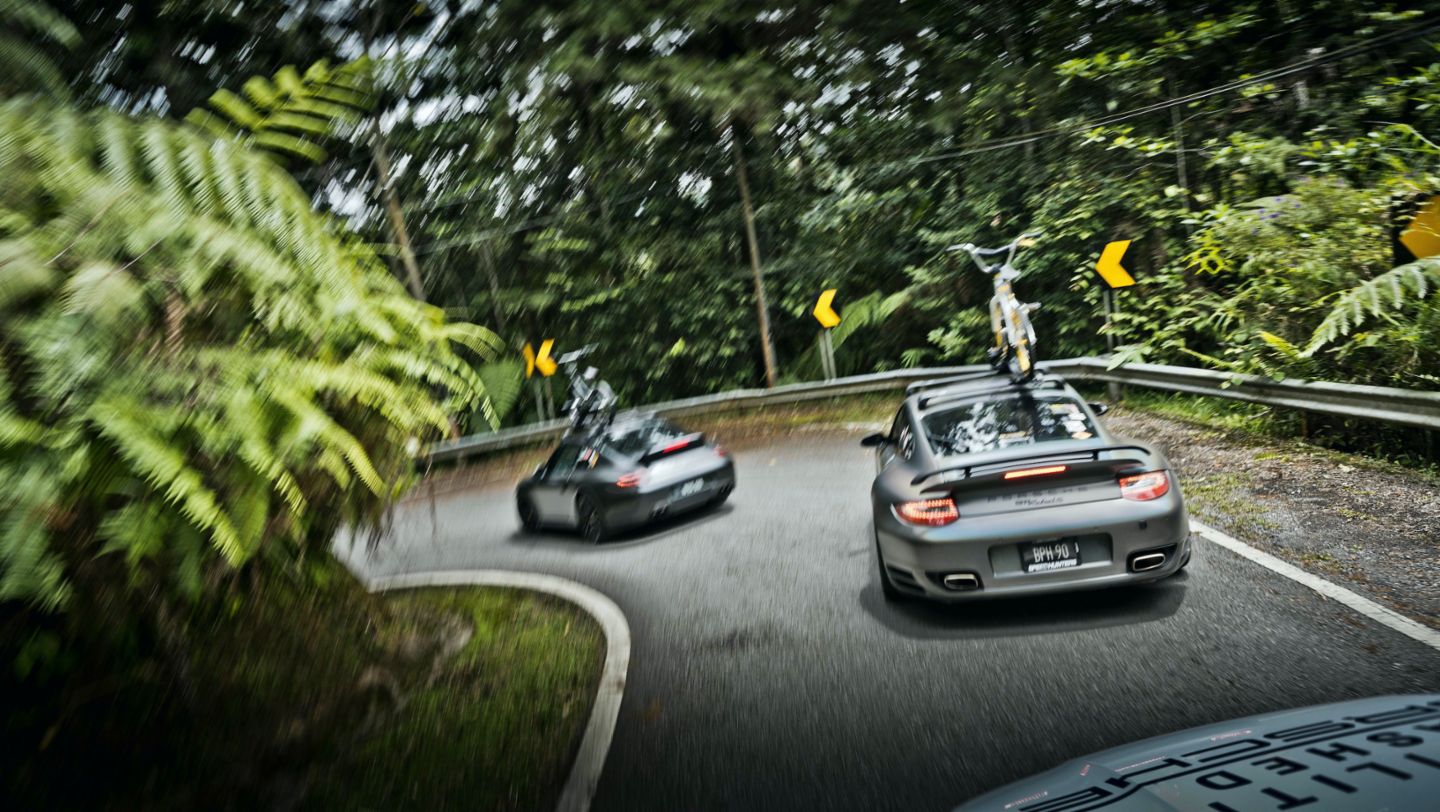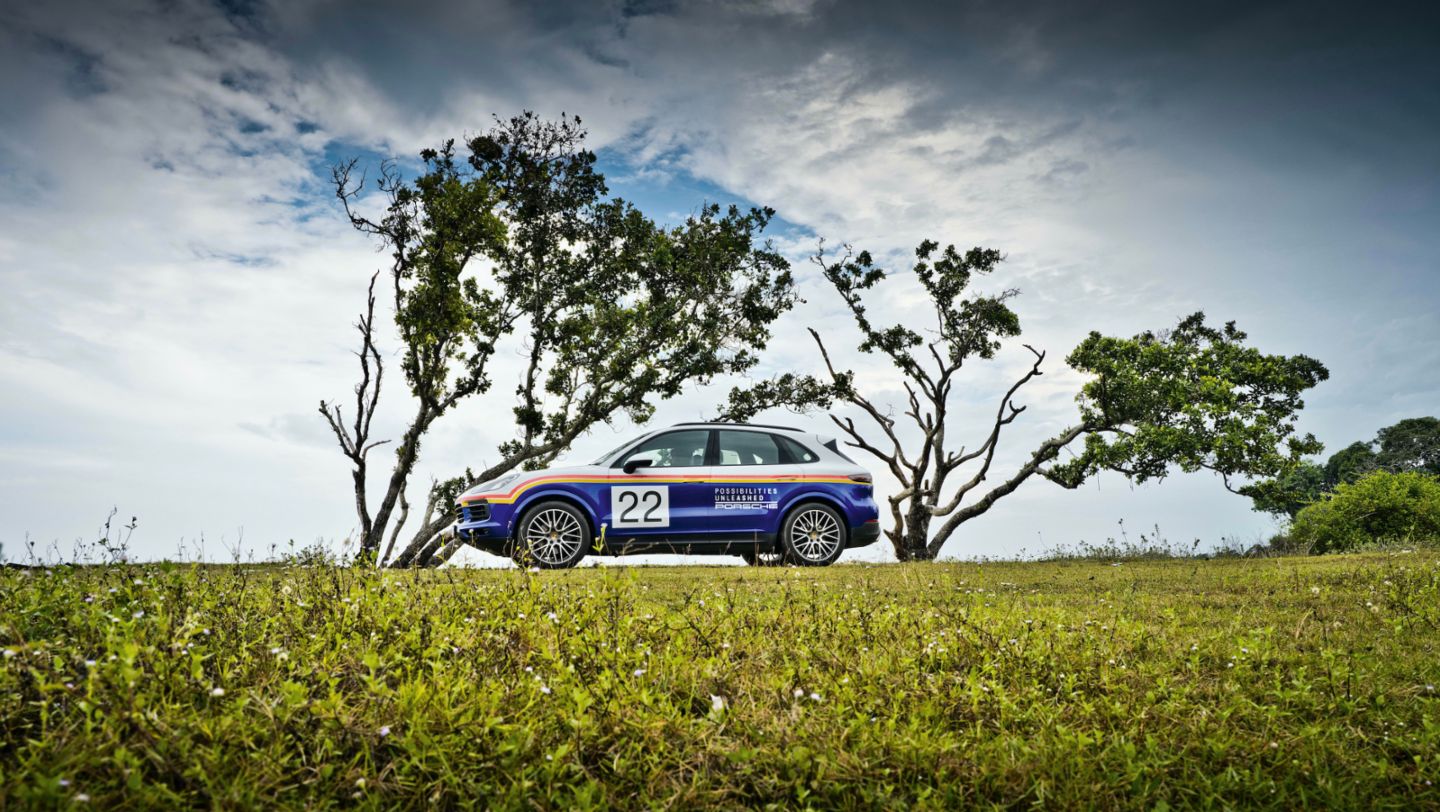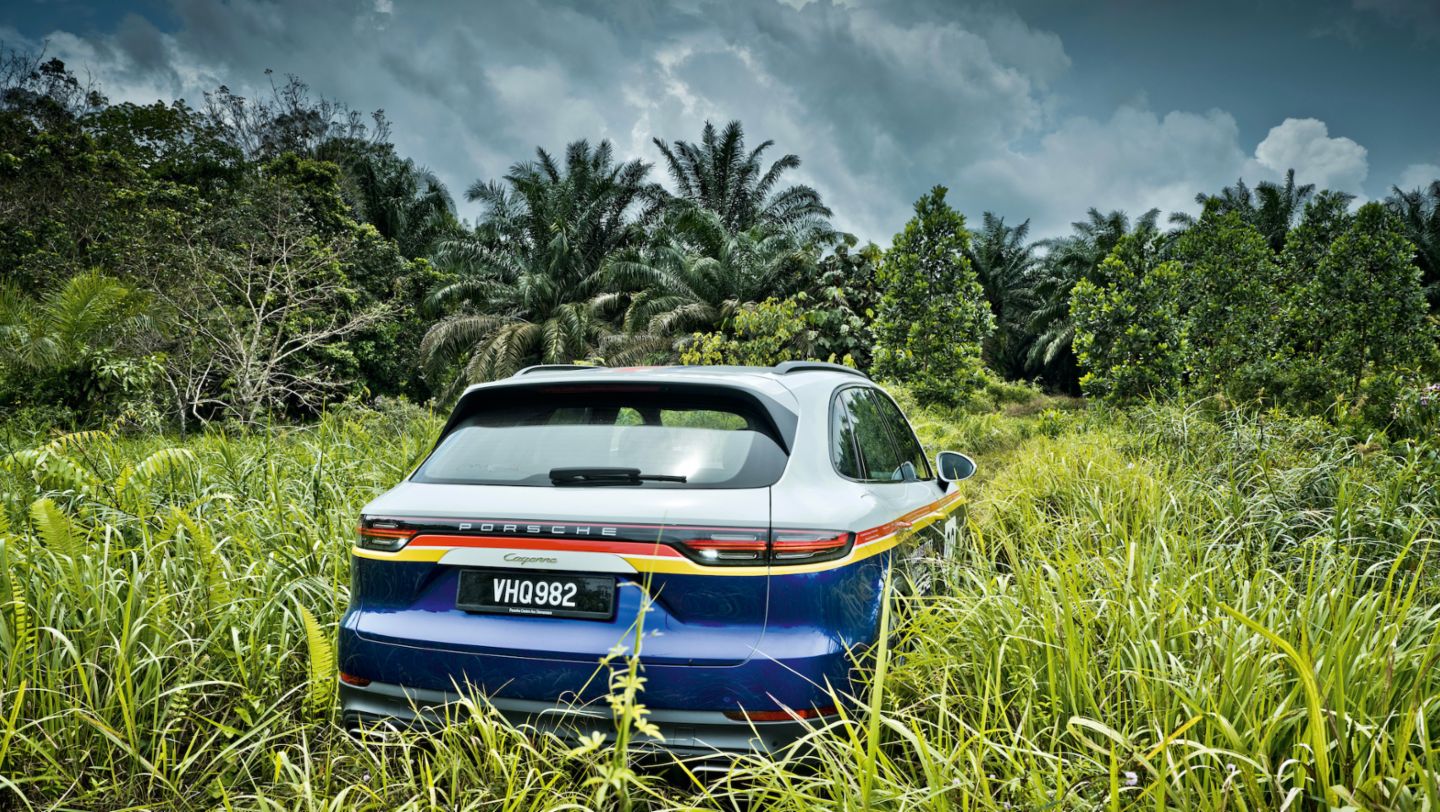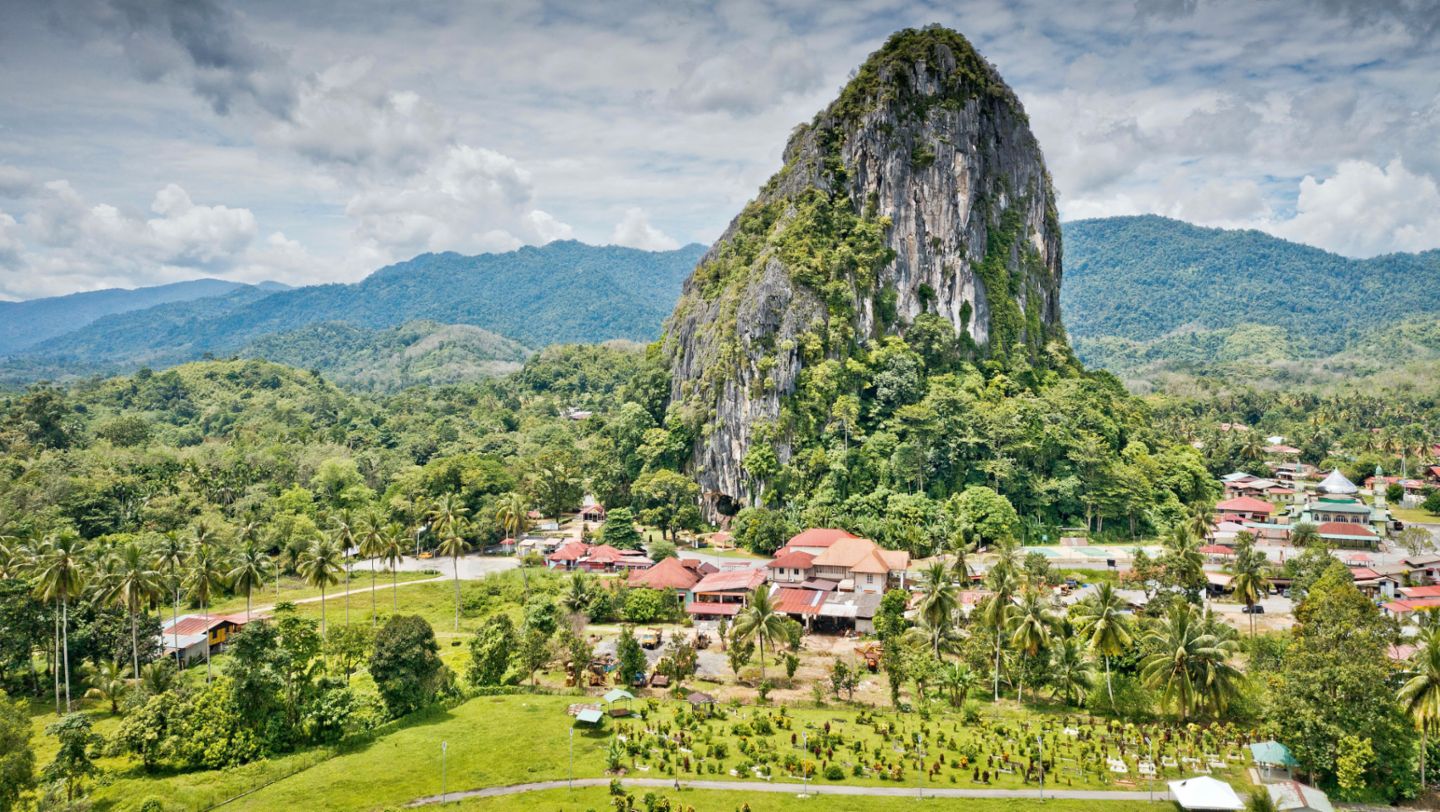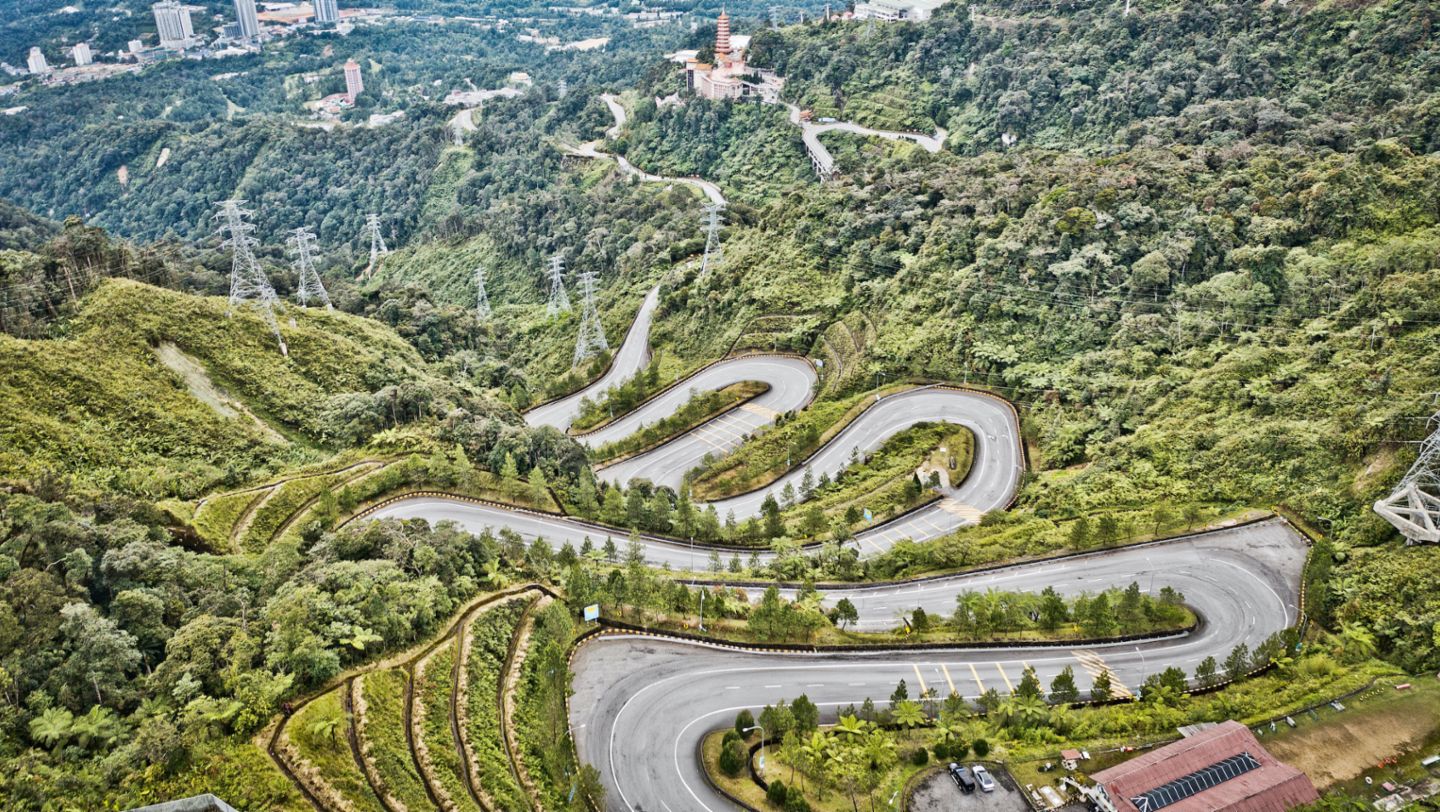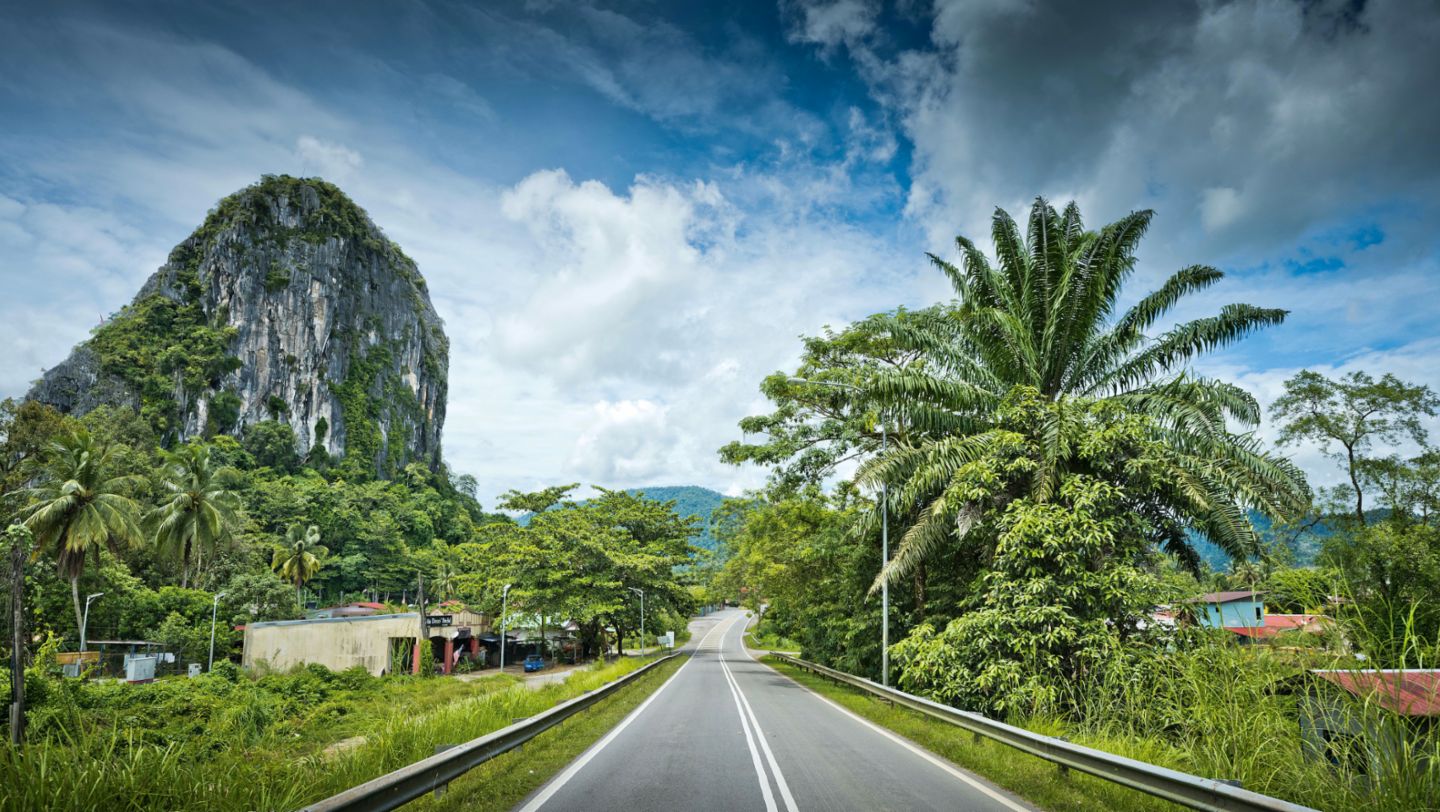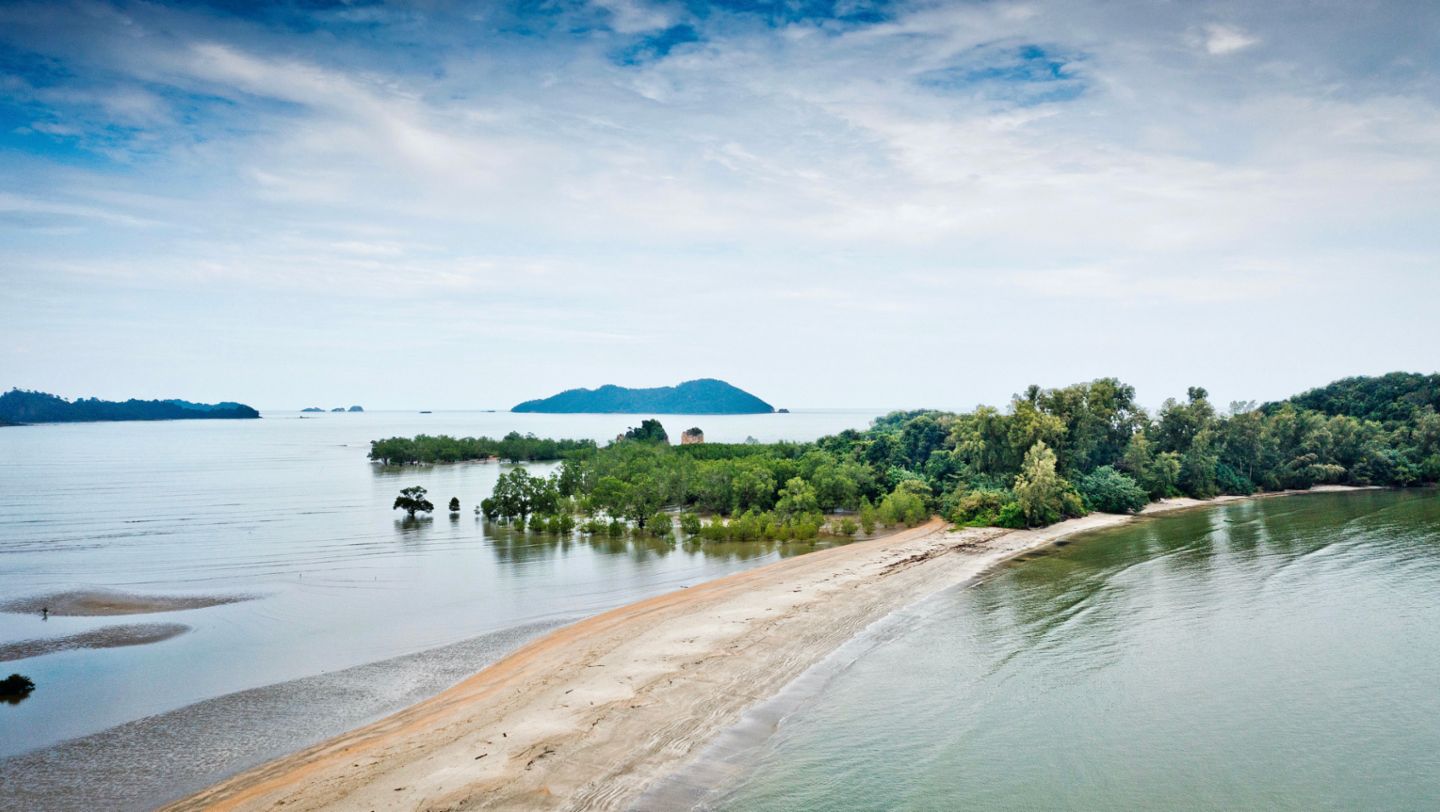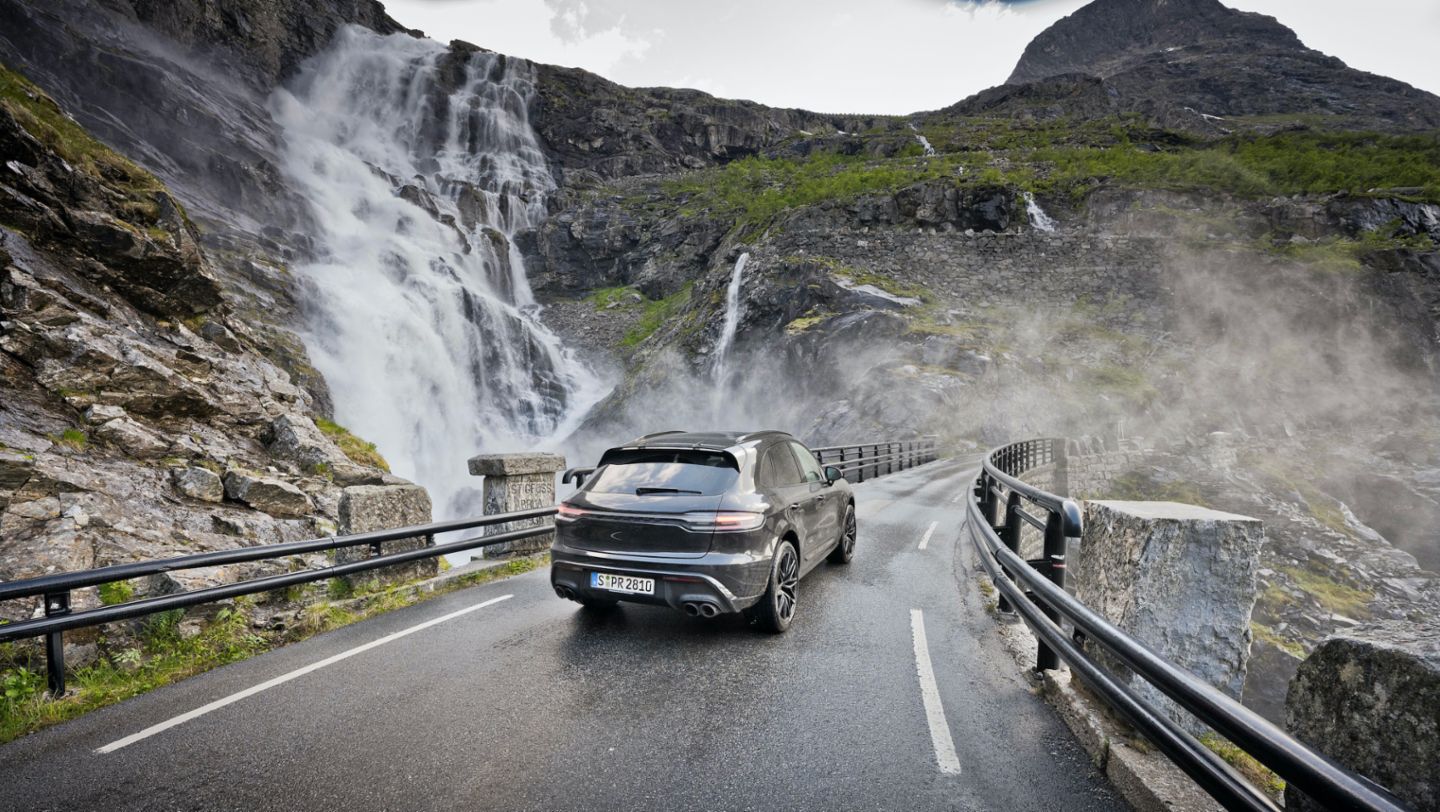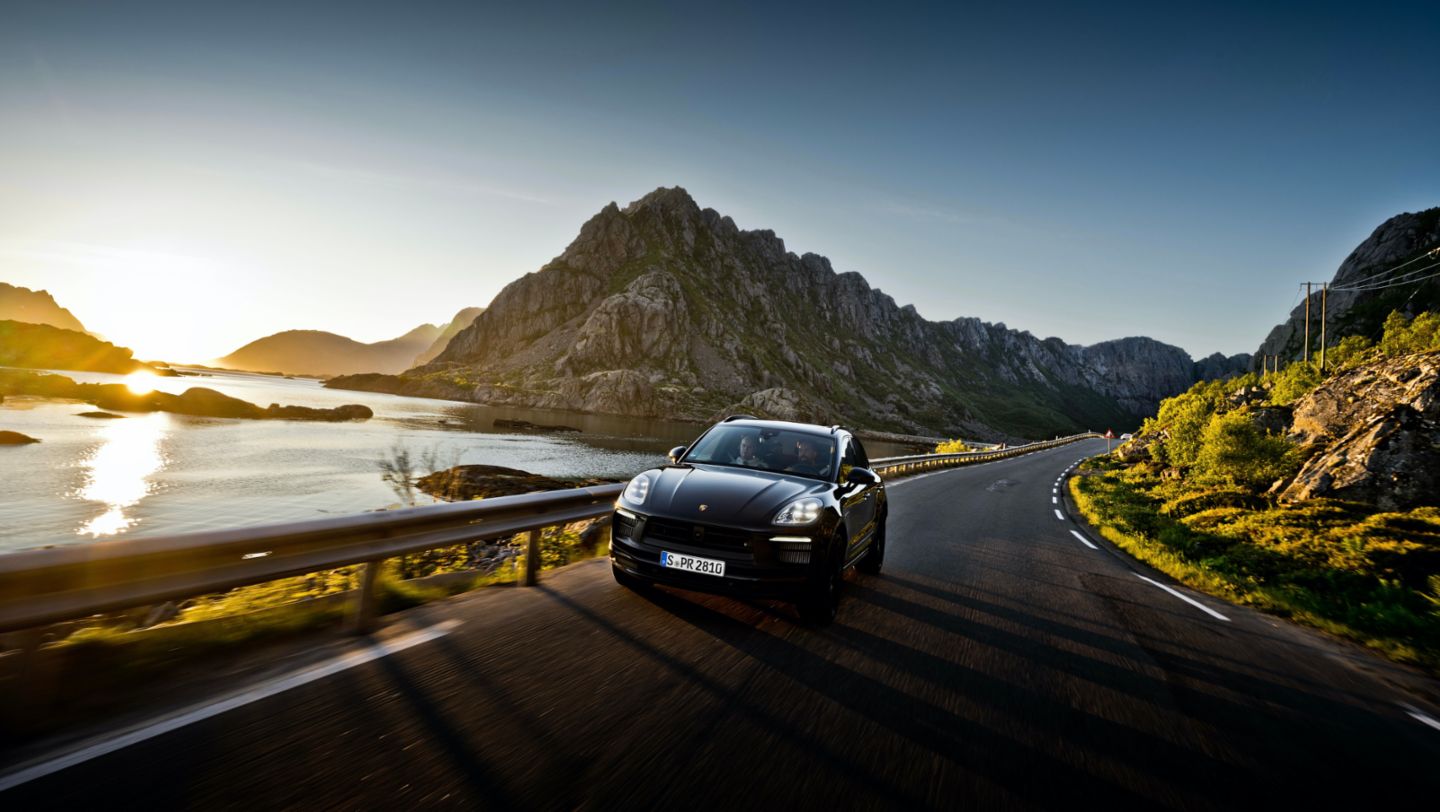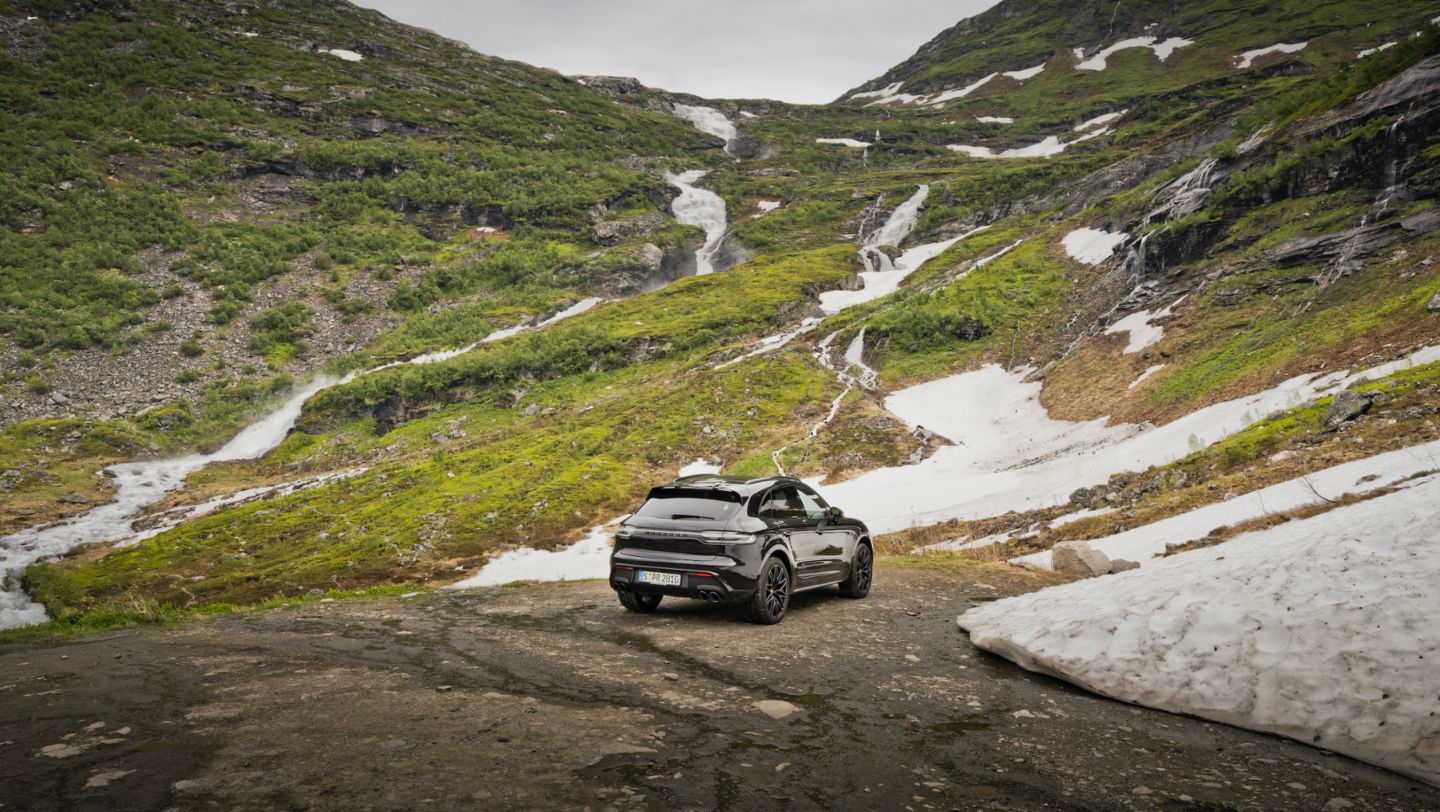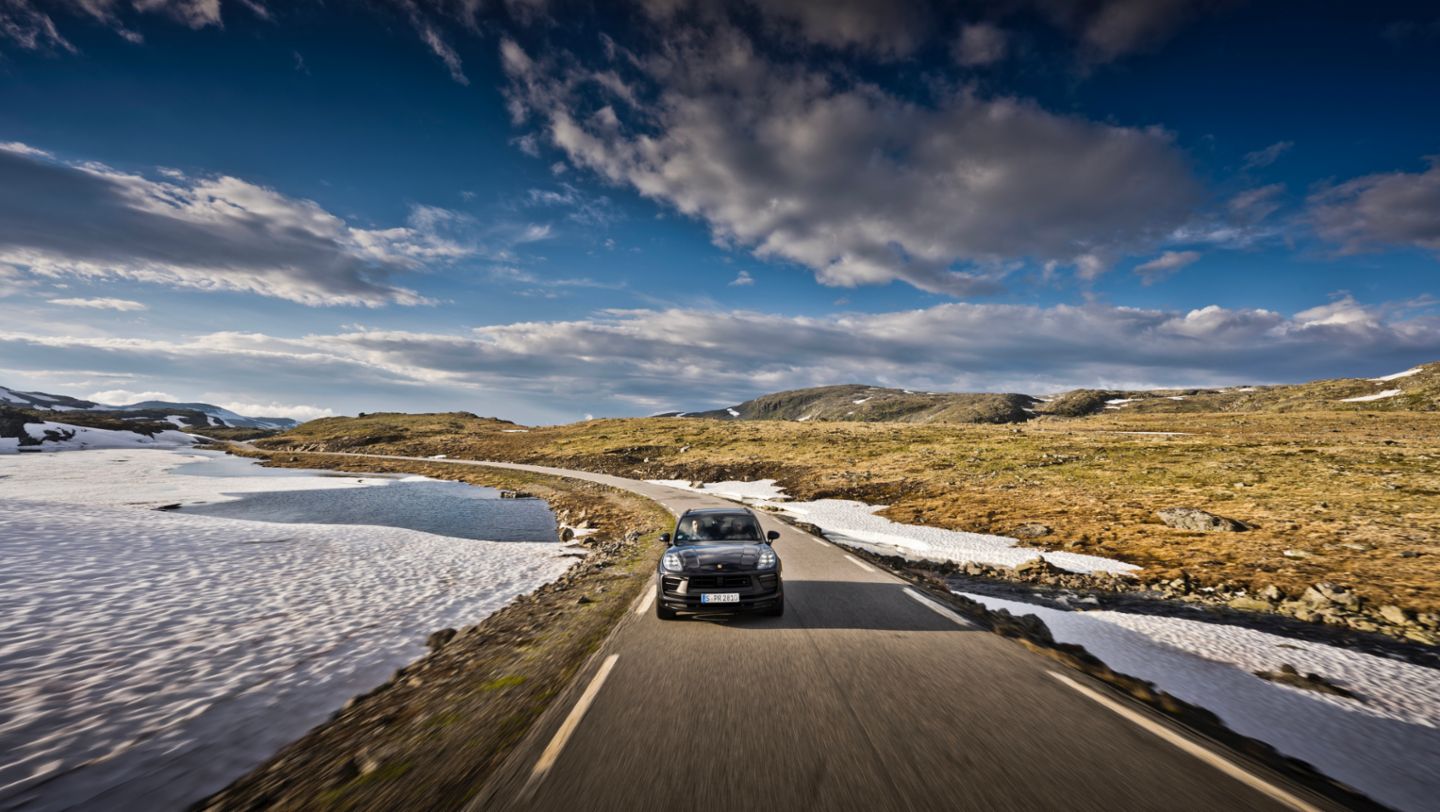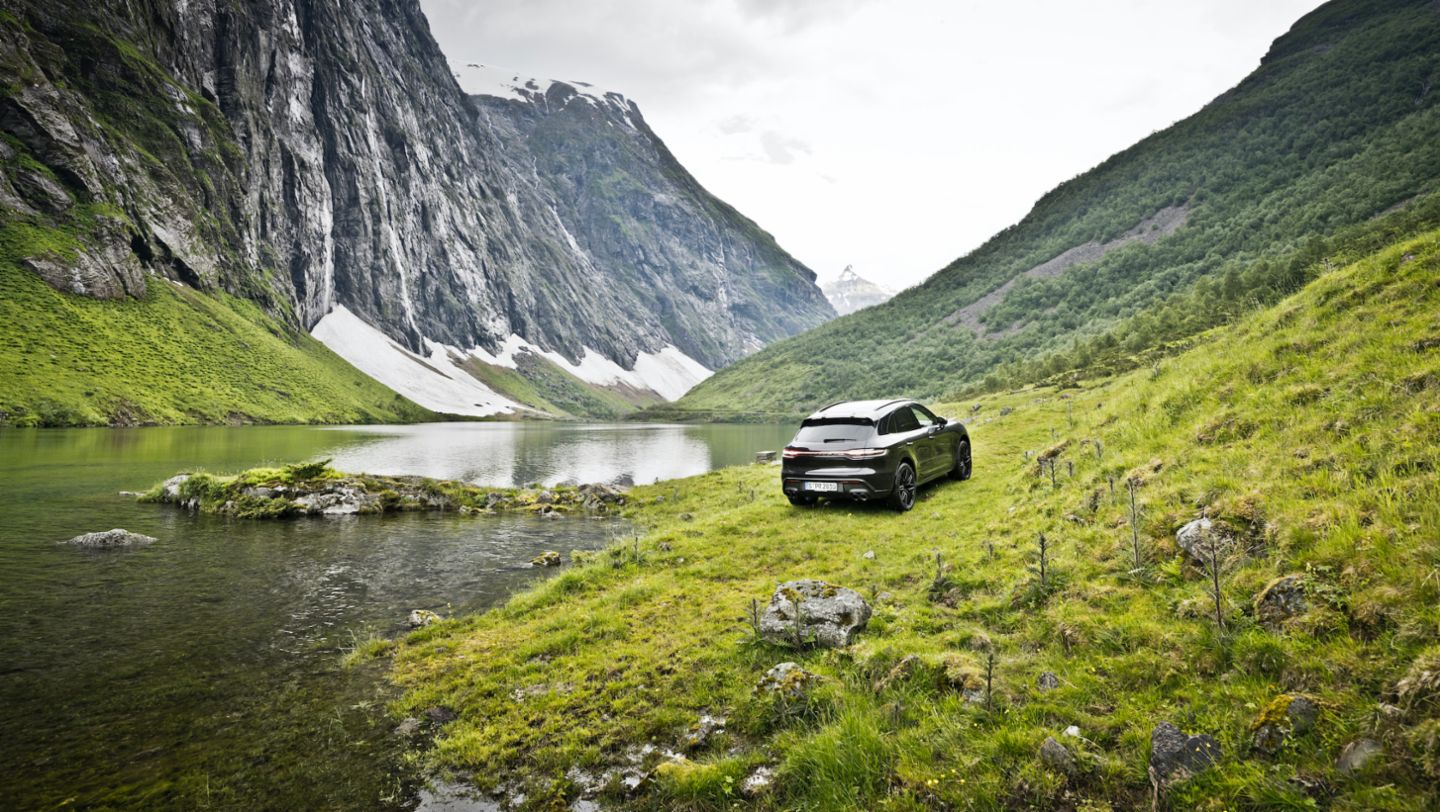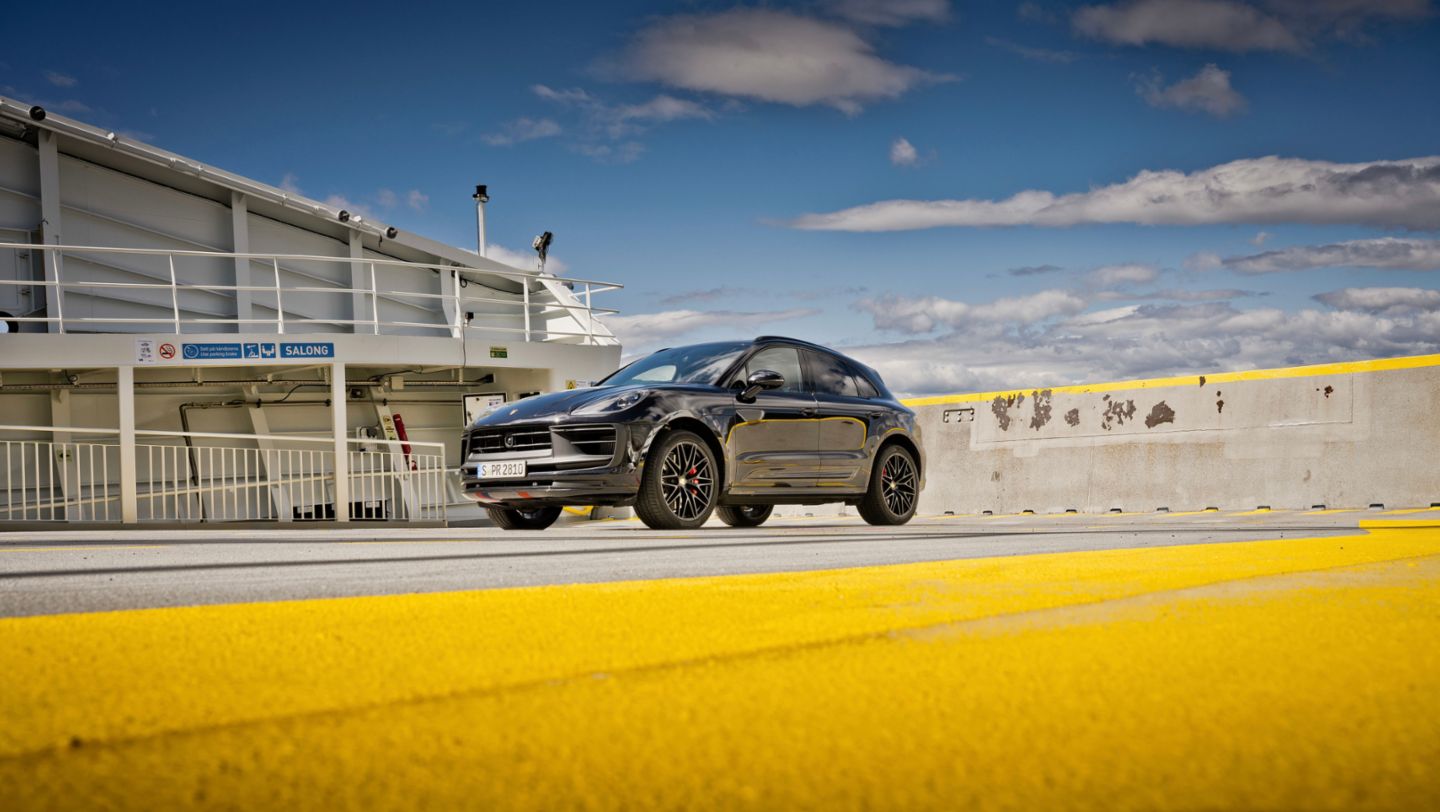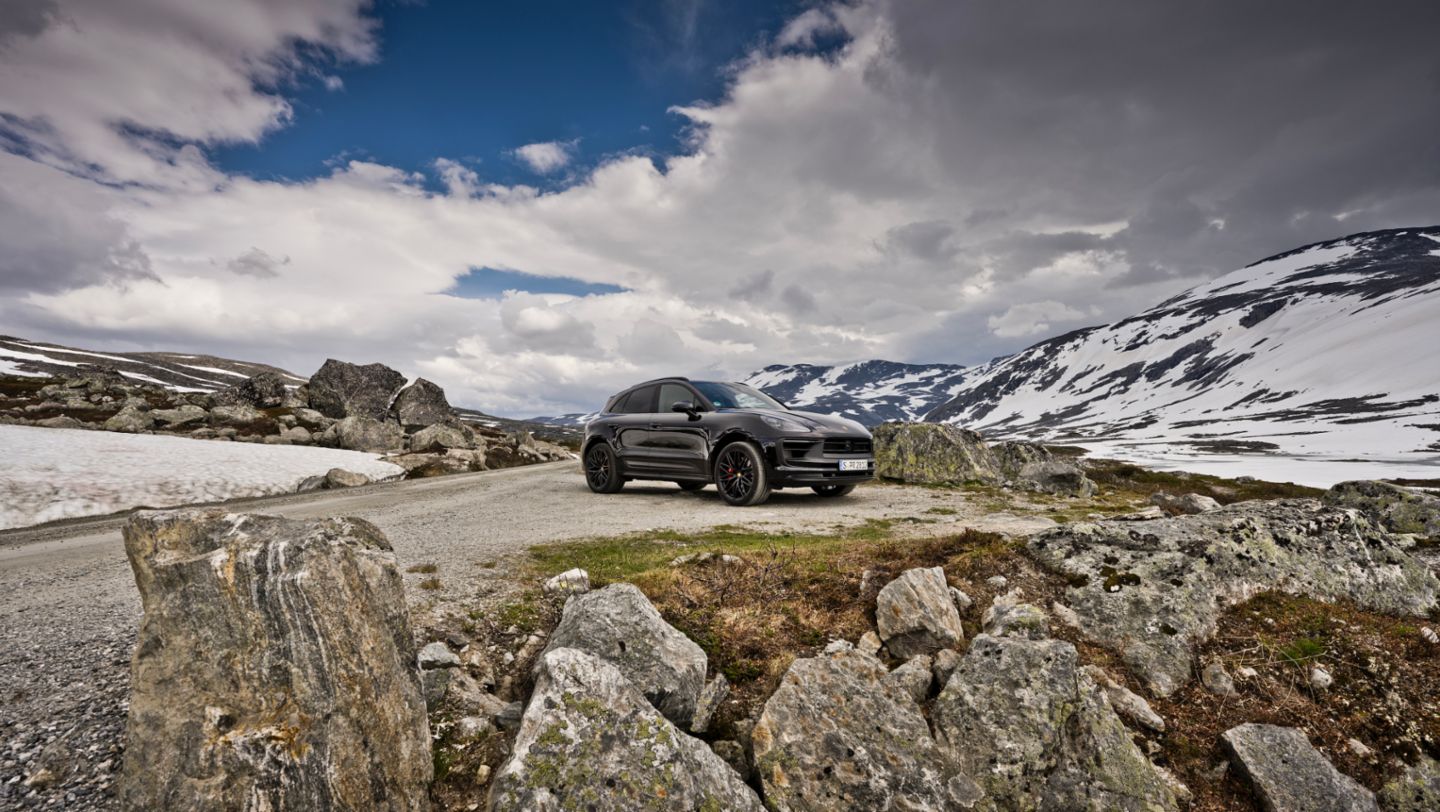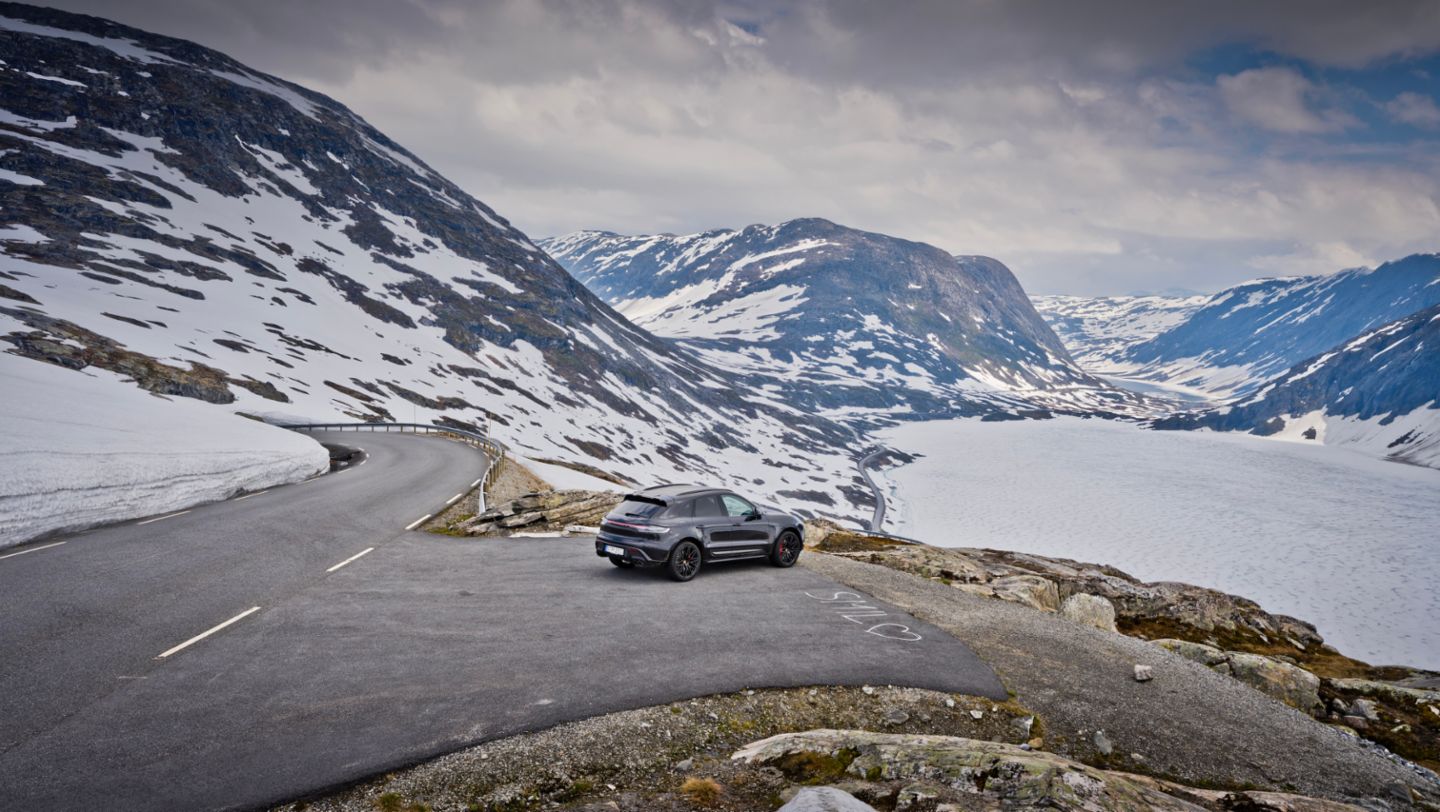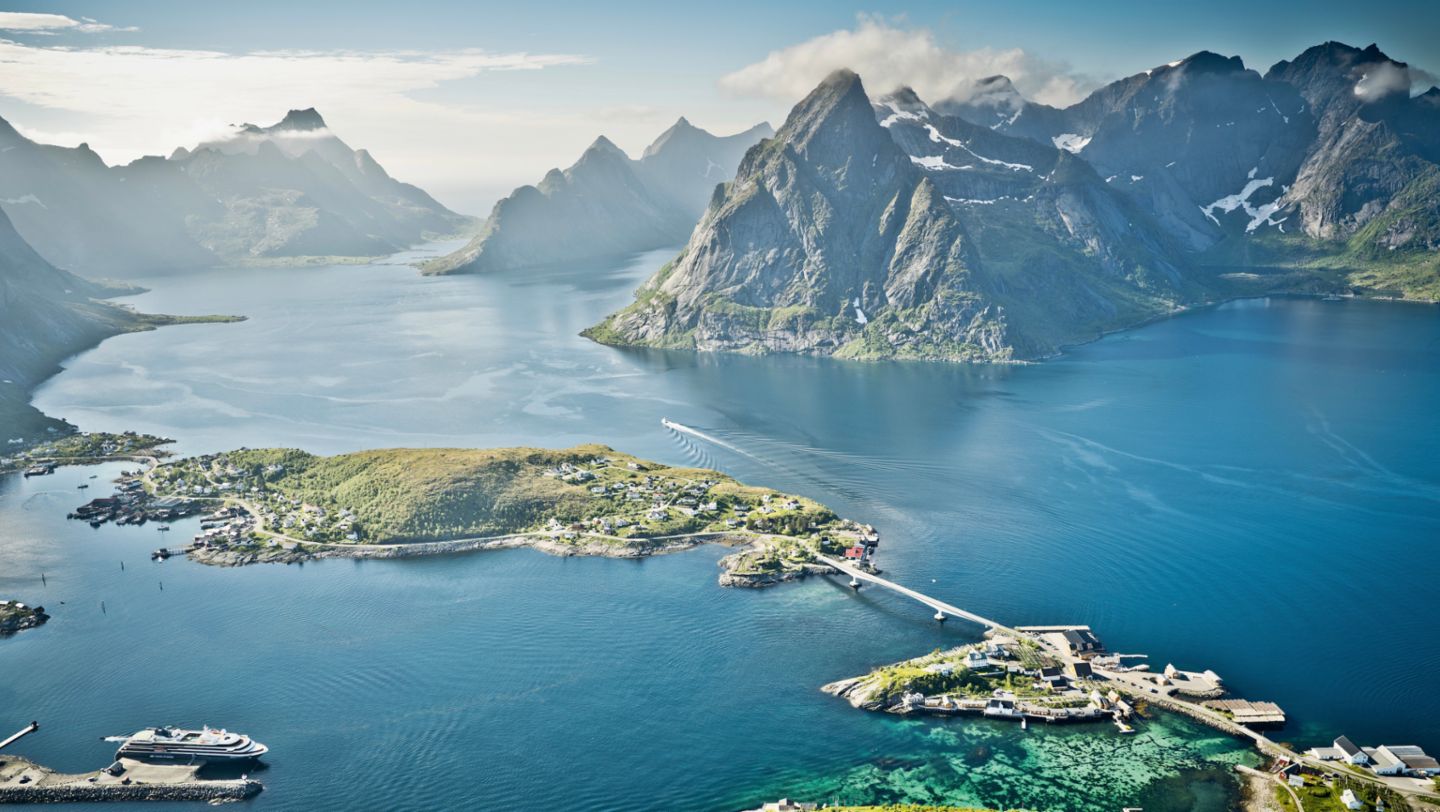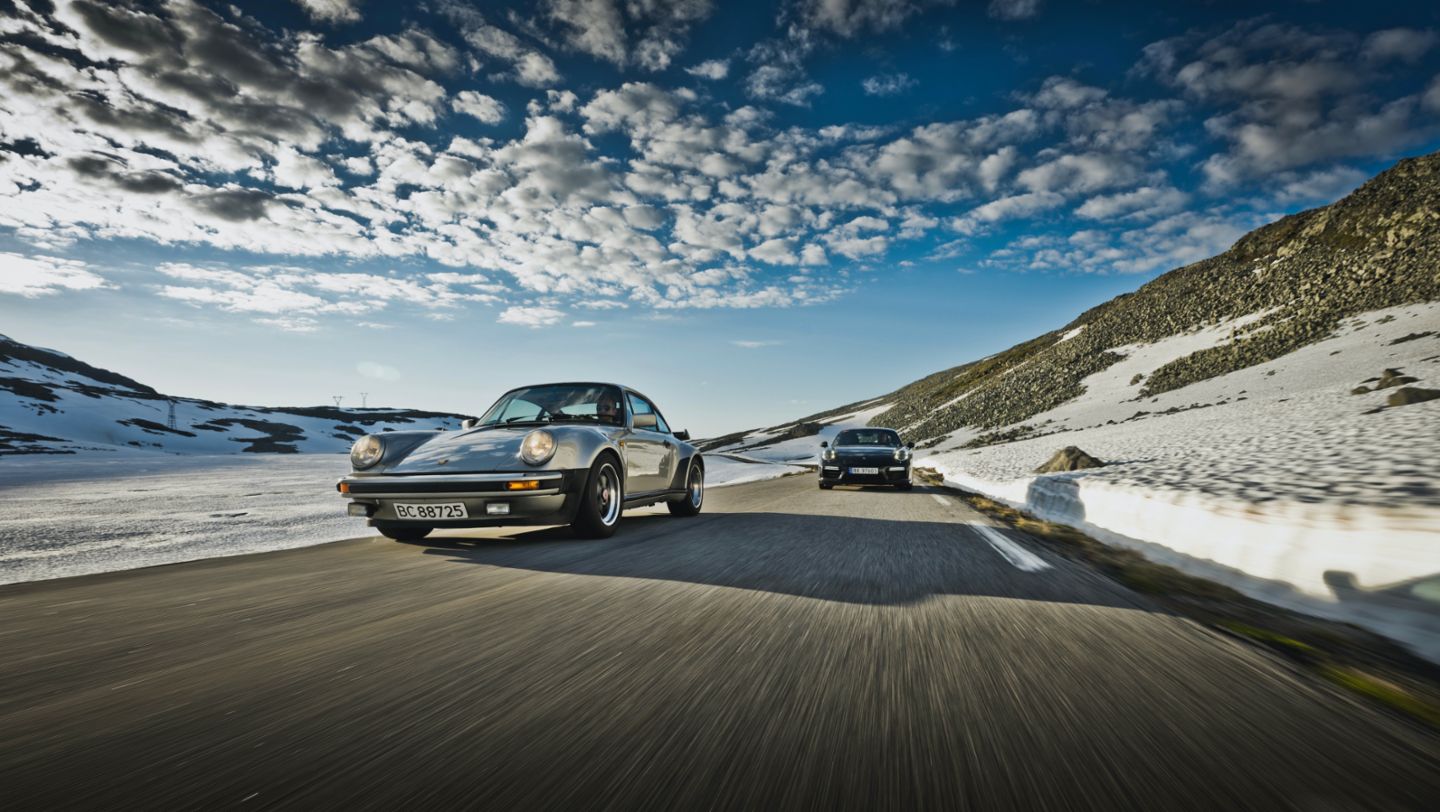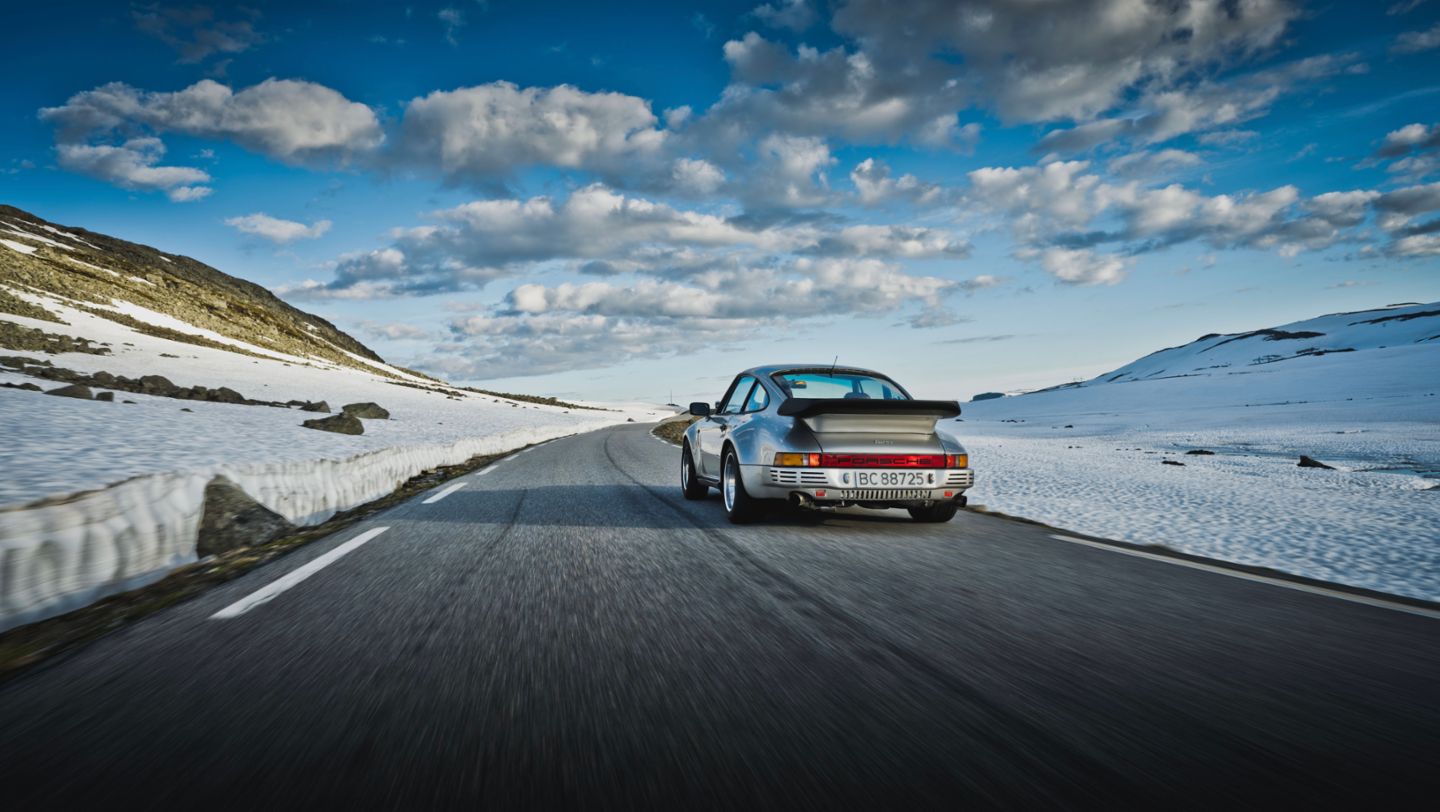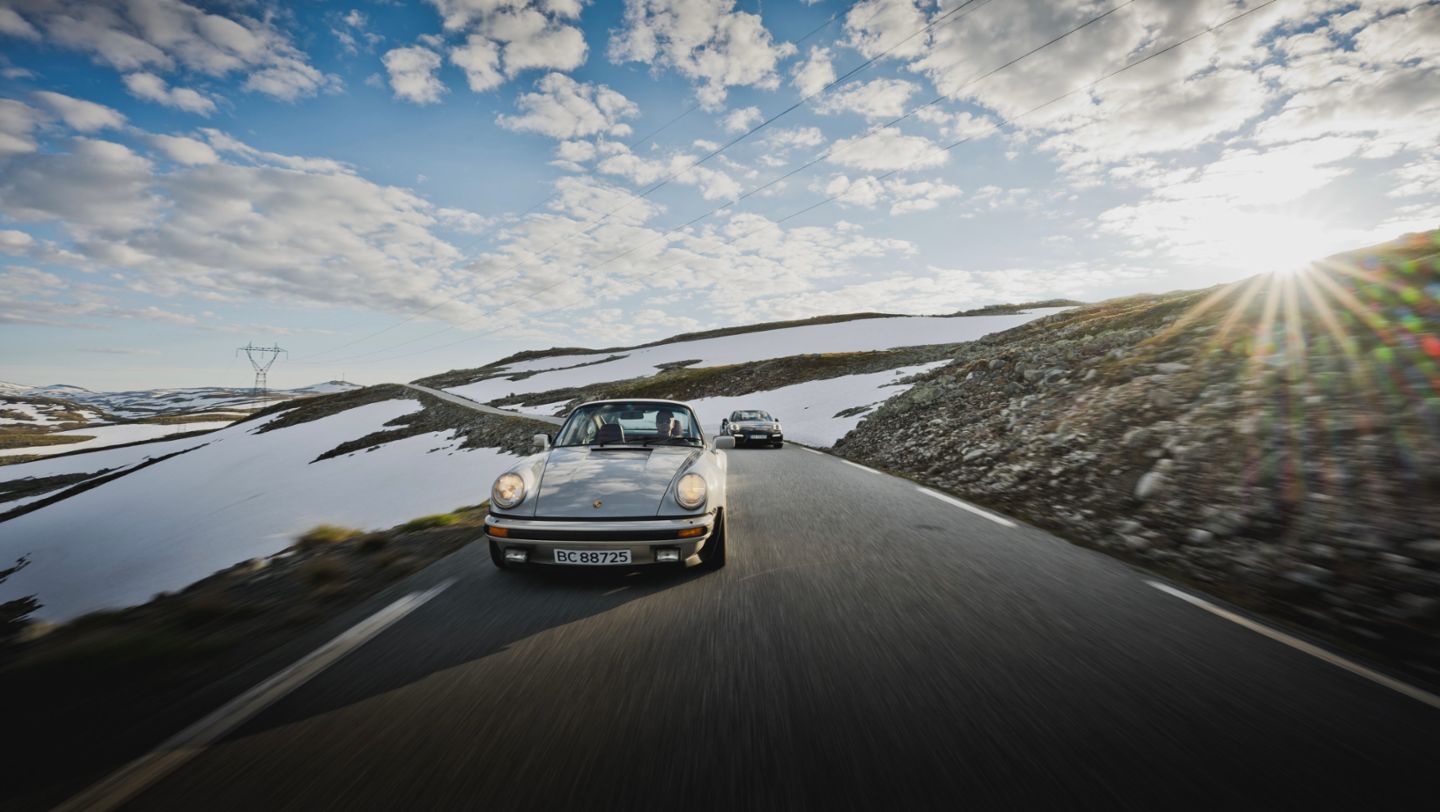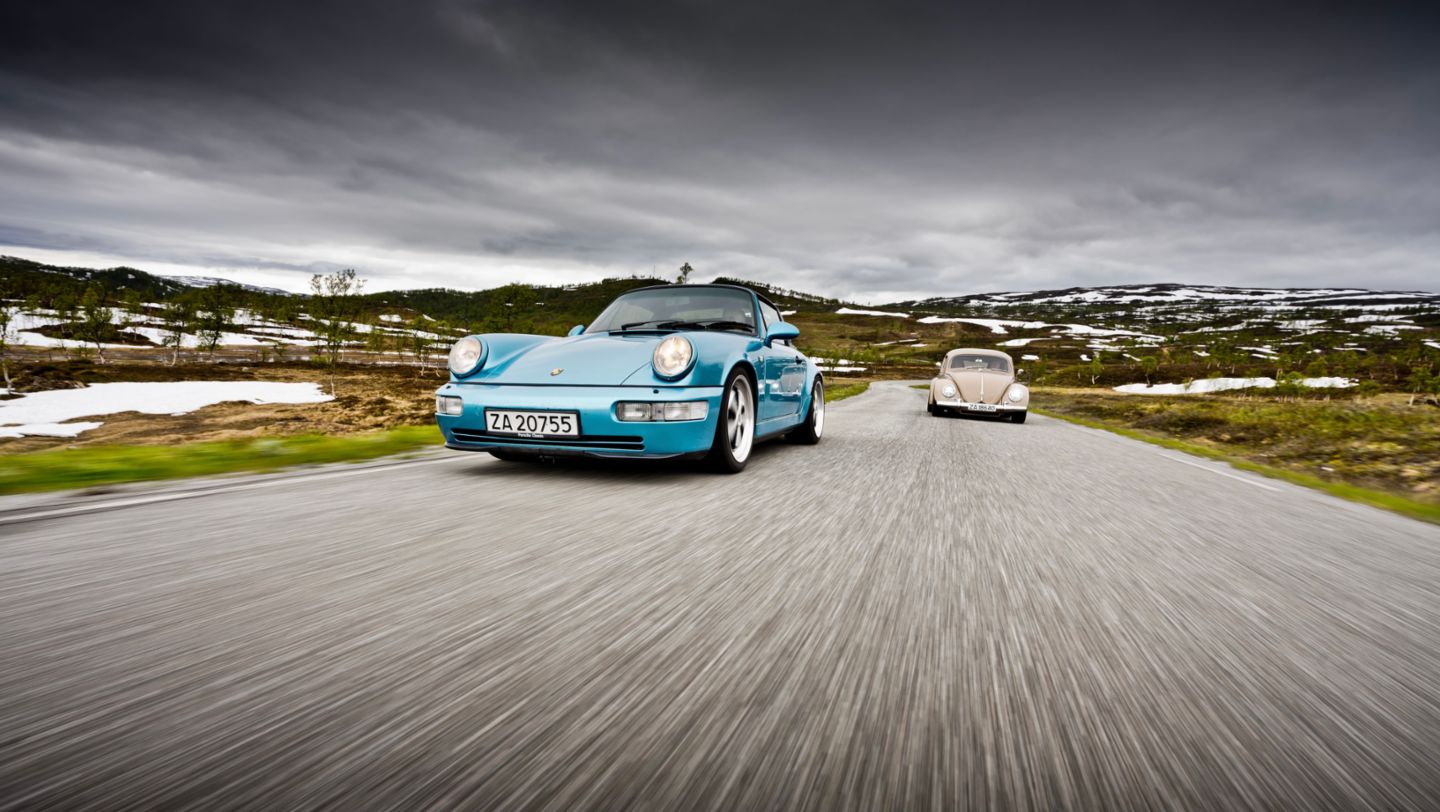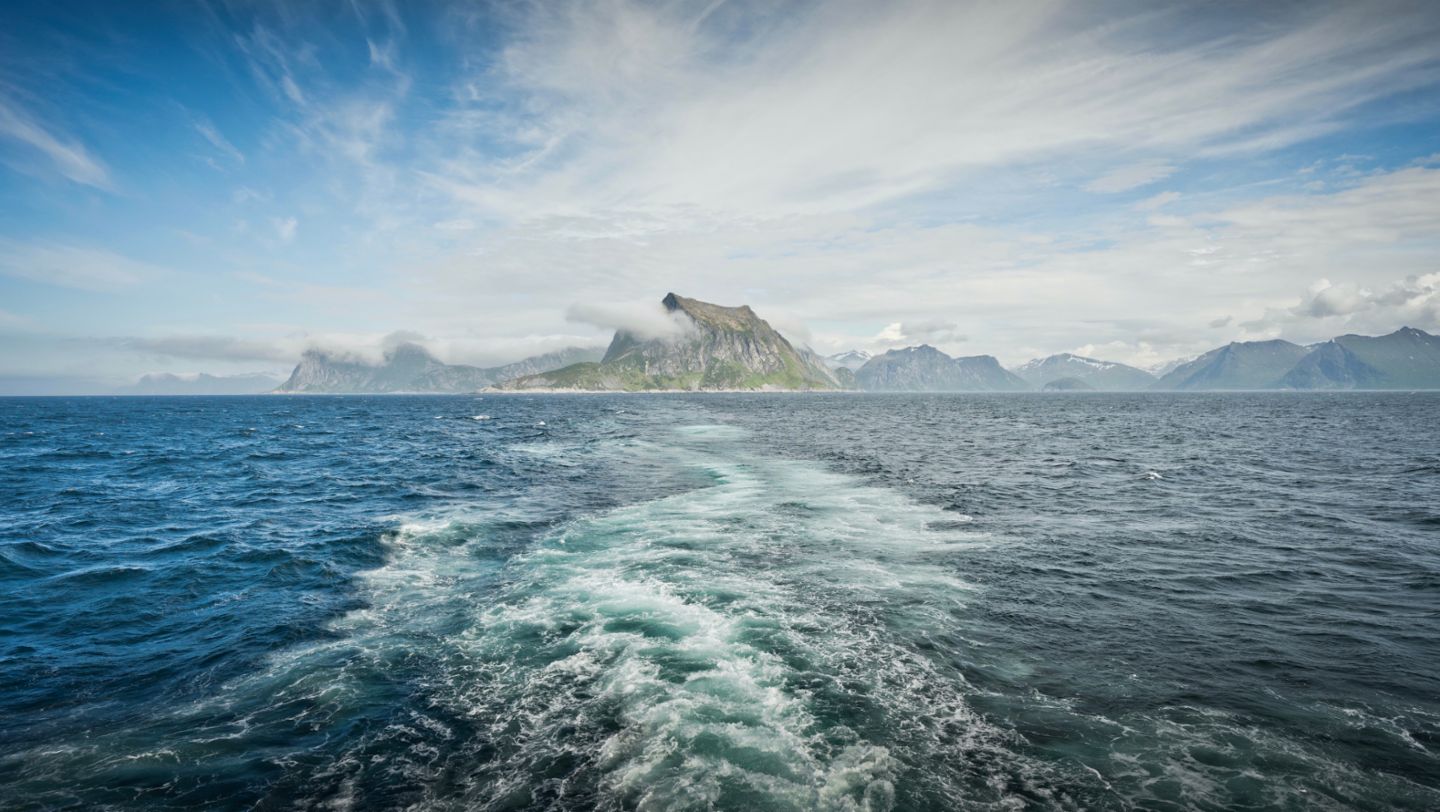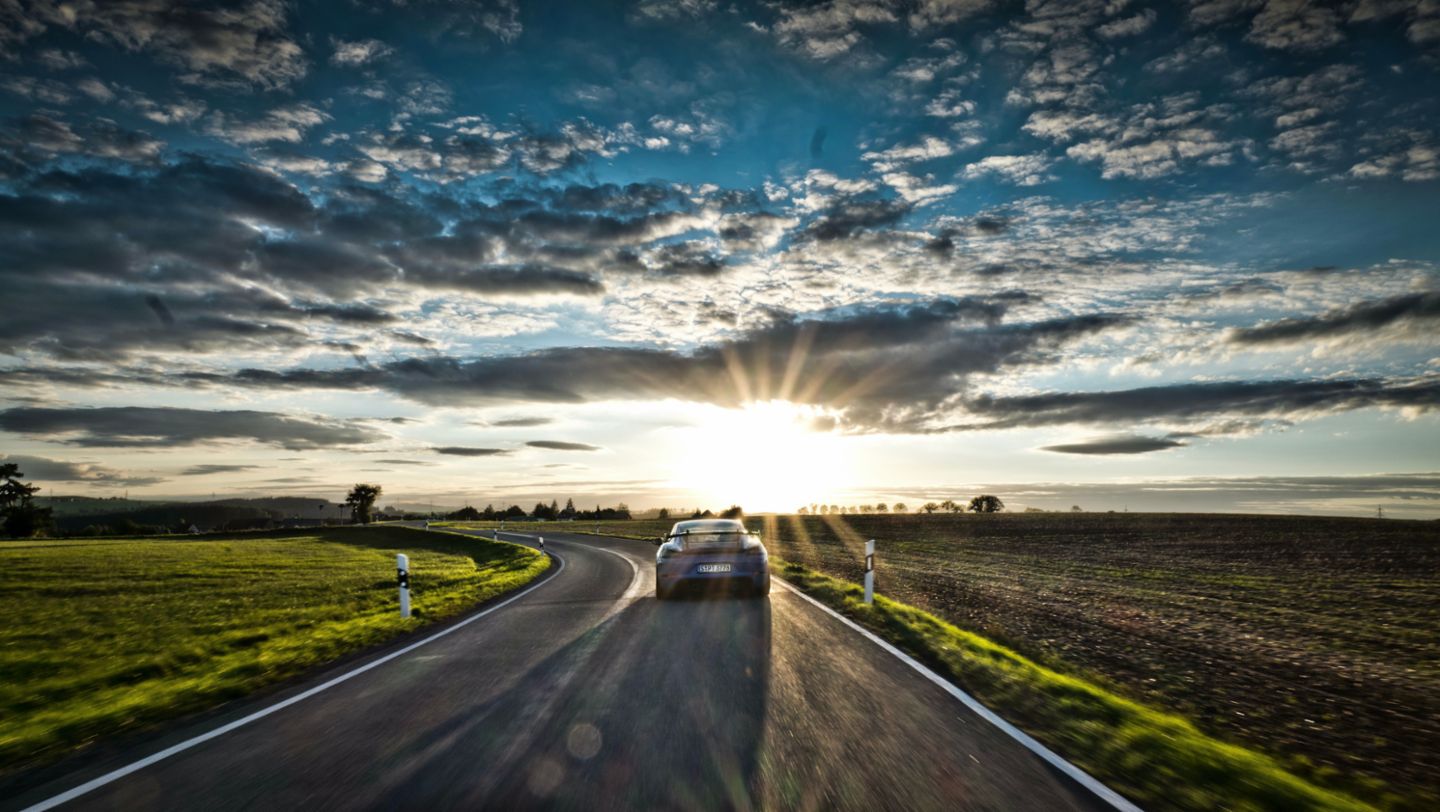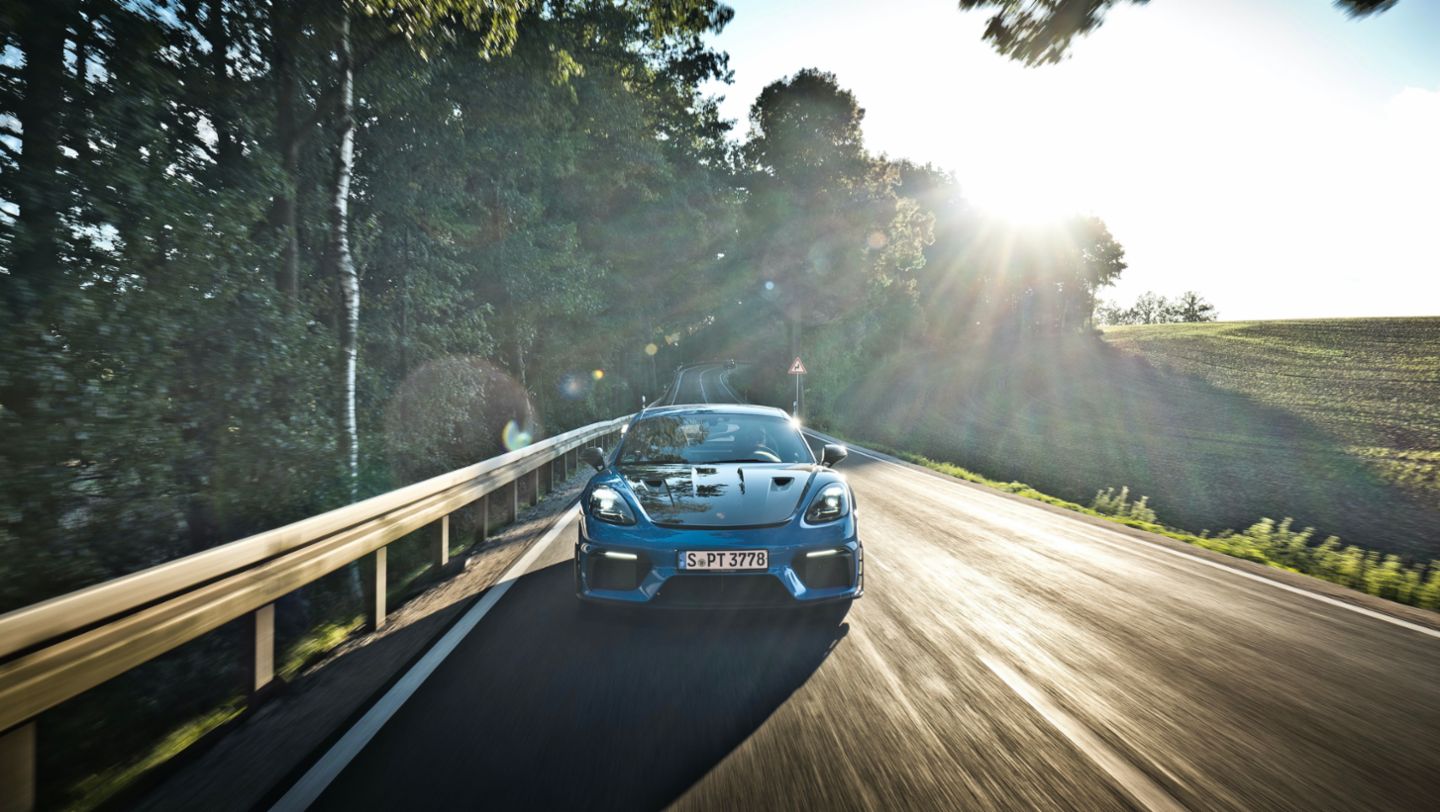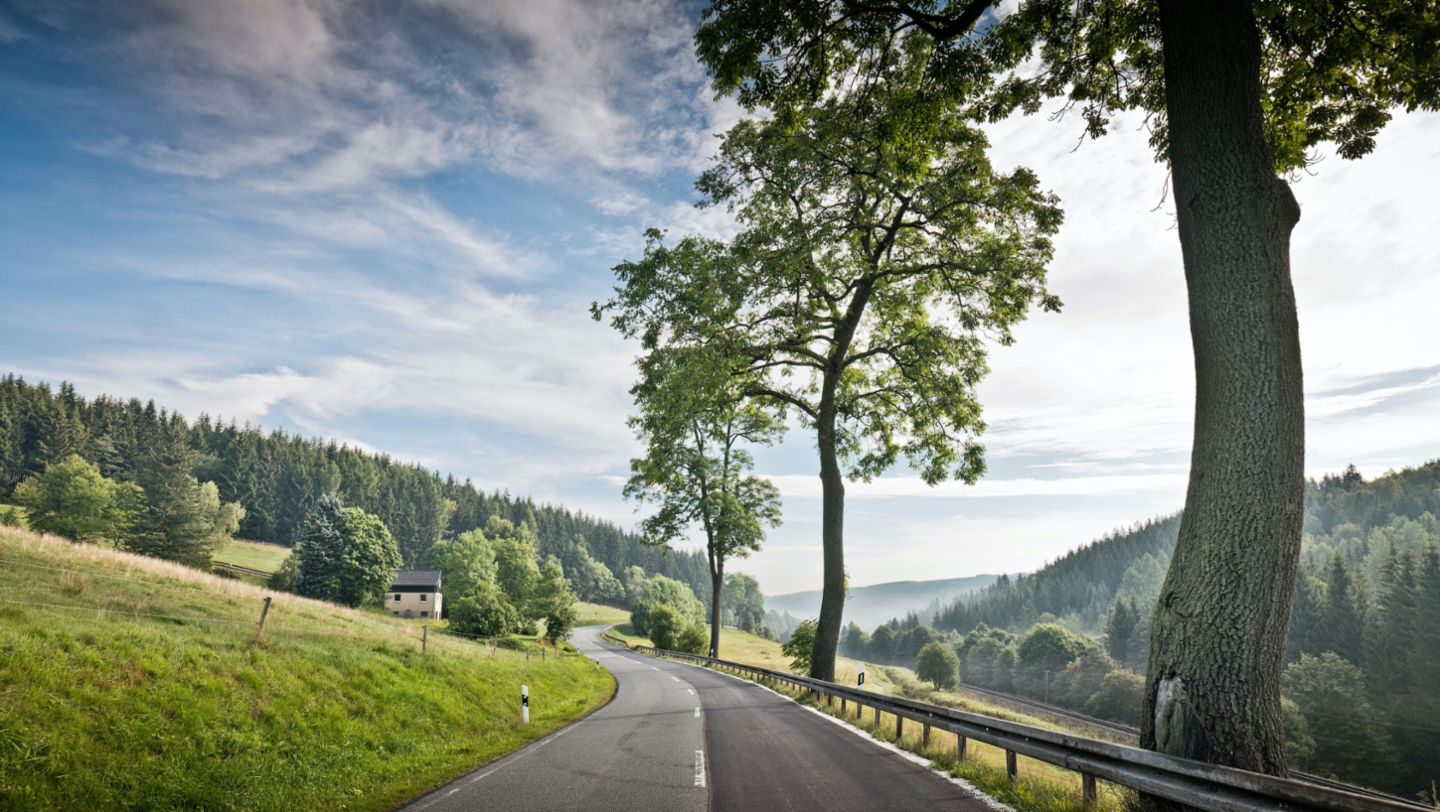Beautiful beaches, turbulent cities, dense jungle: Southeast Asia is known for all of these things. However, the islands and peninsulas between the Indian and Pacific oceans have much more to offer, especially for petrolheads like Stefan Bogner and his team.
Bogner travelled throughout Malaysia for ‘Curves’ magazine, on two routes between the east and west coasts, around 1,600 kilometres north and nearly 1,000 km south.
“We had just driven hundreds of kilometres on German roads and suddenly we were in Kuala Lumpur again,” Bogner remembers. The wild kaleidoscope of the capital city was a “sweet shock”. And although the crew enjoyed this colourful, pulsating life – the diversity and the exotic cultures – they were drawn away into a world of luscious green, drenched rainforest, adventures and experiences.
With the 718 Spyder through the Malaysian jungle
In ‘Curves Malaysia’, Bogner takes his readers on winding, seldom-used roads that lead up into the mountains in the country’s interior, or stretch along the coasts between the palms.
“As I was trundling down a narrow asphalt track into the Southeast Asian rainforest behind a 718 Spyder, this moment seemed strangely familiar to me,” Bogner recalls. It was the feeling of joy. “Radiating joy. And lust for life. Waiting to see what would come in the next breath.”
Discovering the expanses of Norway with the Macan GTS
The drive through the far north started beyond the polar circle for the ‘Curves’ crew and took them south to the Skagerrak coast. In between were roads that either ran alongside the sea or wound through the mountains inland. And because Norway is characterised by such rugged nature – by fjords, lakes, islands and mountain ranges – the route down from the North Cape to the North Sea has some enormous obstacles to negotiate: water, mountains, valleys.
“The natural challenges on a route are what make a journey exciting and diverse for us,” enthuses Bogner. “Climbing the mountains via steep passes, following a course that’s wild and bold, and enjoying fantastic landscapes.”
However: “Norway is a country for the advanced, adventurous driver. For those with wanderlust. For travellers with real stamina,” says Bogner. Sometimes it’s bursting with life and filled with events and action – and then you’re back to the slow-rolling colours, landscapes and nature running on heavy-rotation repeat. “Slow-motion sightseeing is what we named it,” he says. “You can’t rush these kilometres upon kilometres – you have to be patient.”
The Porsche Macan GTS was surprisingly good in handling this calm progress. However, Bogner reckons the Porsche 356 A would have also been a good choice. “A car like the country: simple and adventurous.” Its speed would get on well with the road.
On the roads of Germany in the Cayman GT4 RS
From Bavaria to Saxony, hugging the green border to Germany’s east, through the Bavarian forest and Thuringia, through the Fichtel and Erz Mountains, from the Izar to the Elbe. On this route, travellers unfamiliar with Germany and its many nuances quickly learn that there is no such thing as ‘typically German’.
Progress is pretty fast in the sparsely populated regions along the border mountains: little traffic, lots of space, great roads. Well-developed and with an elegant groove, they sail along, providing the optimum conditions for the wild travelling companion of the ‘Curves’ crew – the Porsche Cayman GT4 RS. Designed for maximum driving pleasure, this sports car loves eating up kilometres more than anything and is tailor-made for this kind of travel.
“The fact that the roads in the east welcomed the Cayman GT4 RS so warmly, without any stop-and-go nonsense or too many urban stretches, made us love this car even more,” says Bogner. He emphasises, by the way, that he was never a racer on these German roads – apart from just one time: “On the racetrack at the Porsche factory in Leipzig, the GT4 RS took us all the way to its upper limits.”

